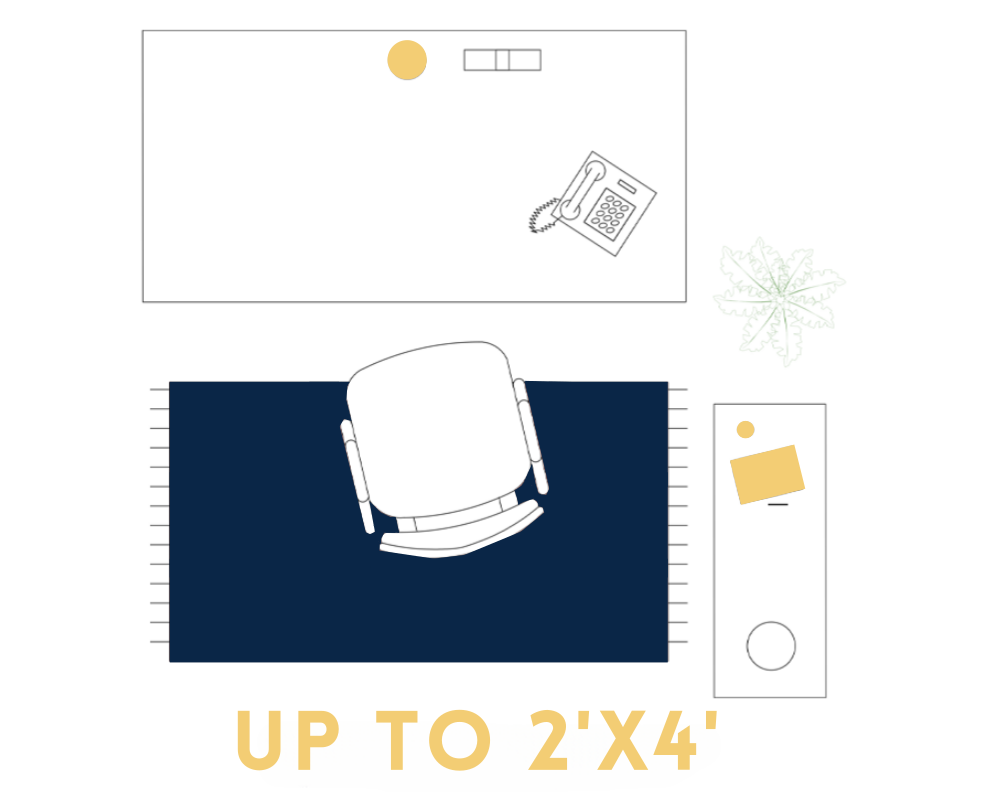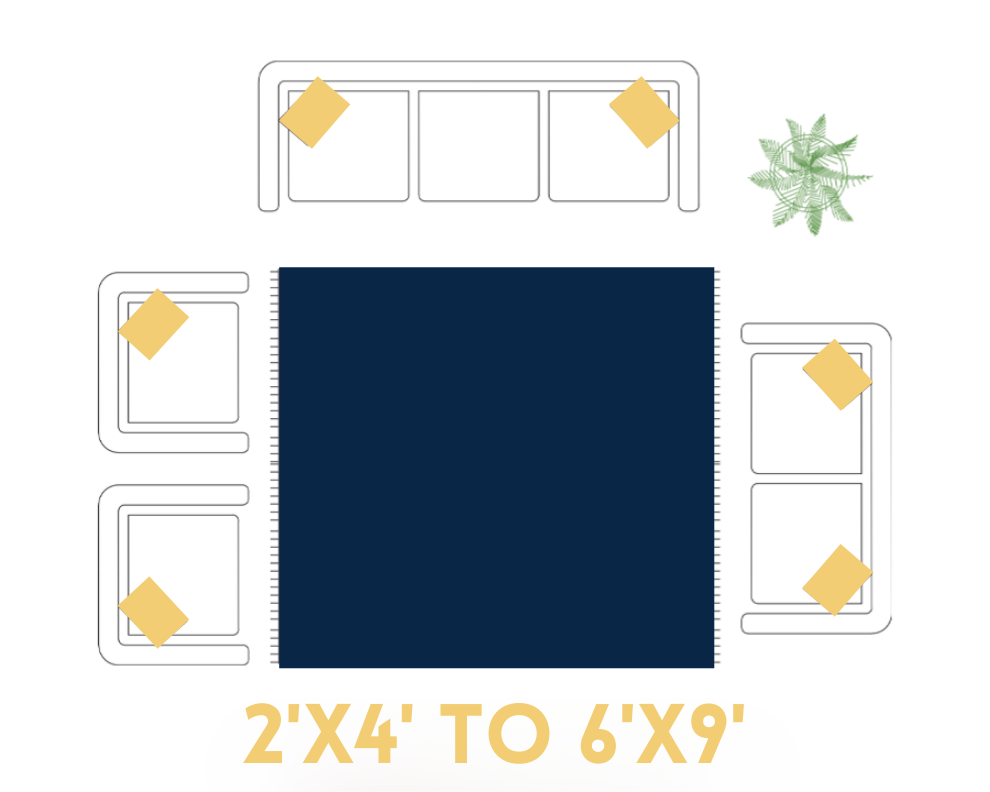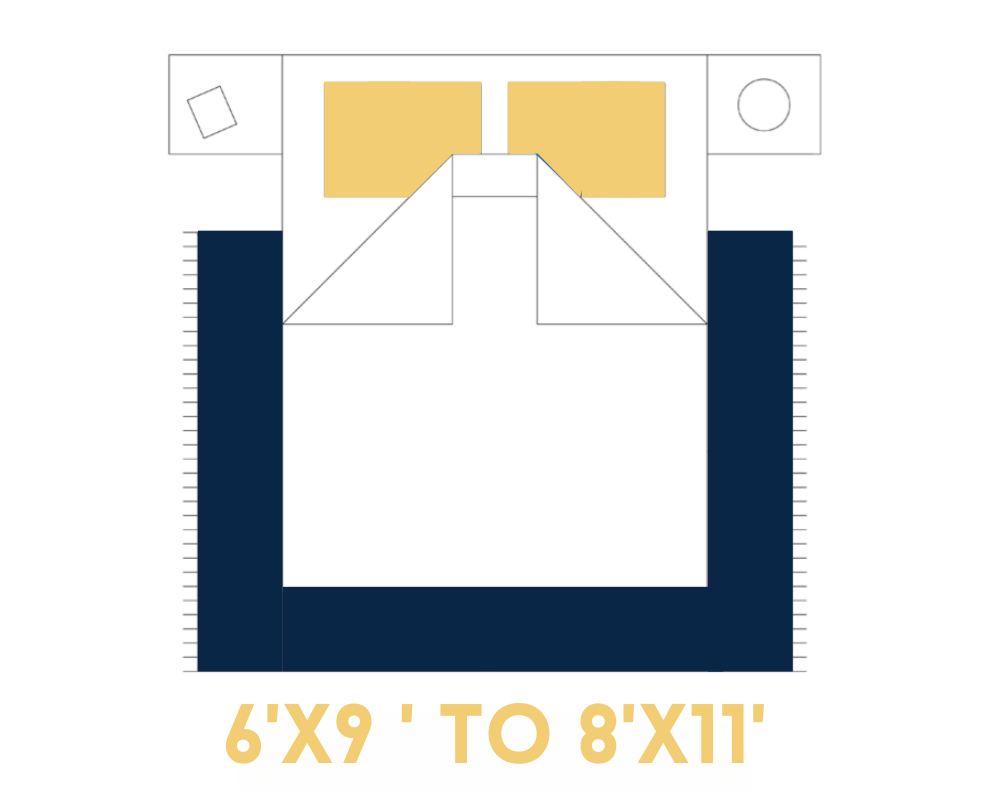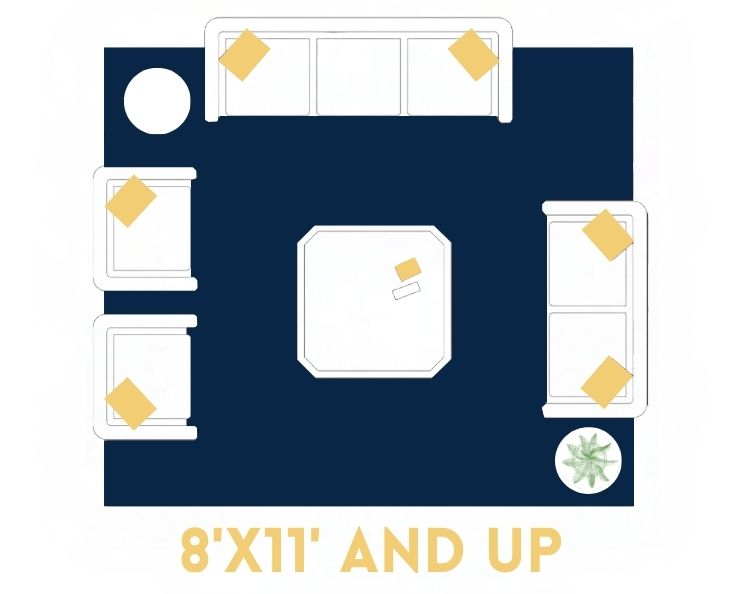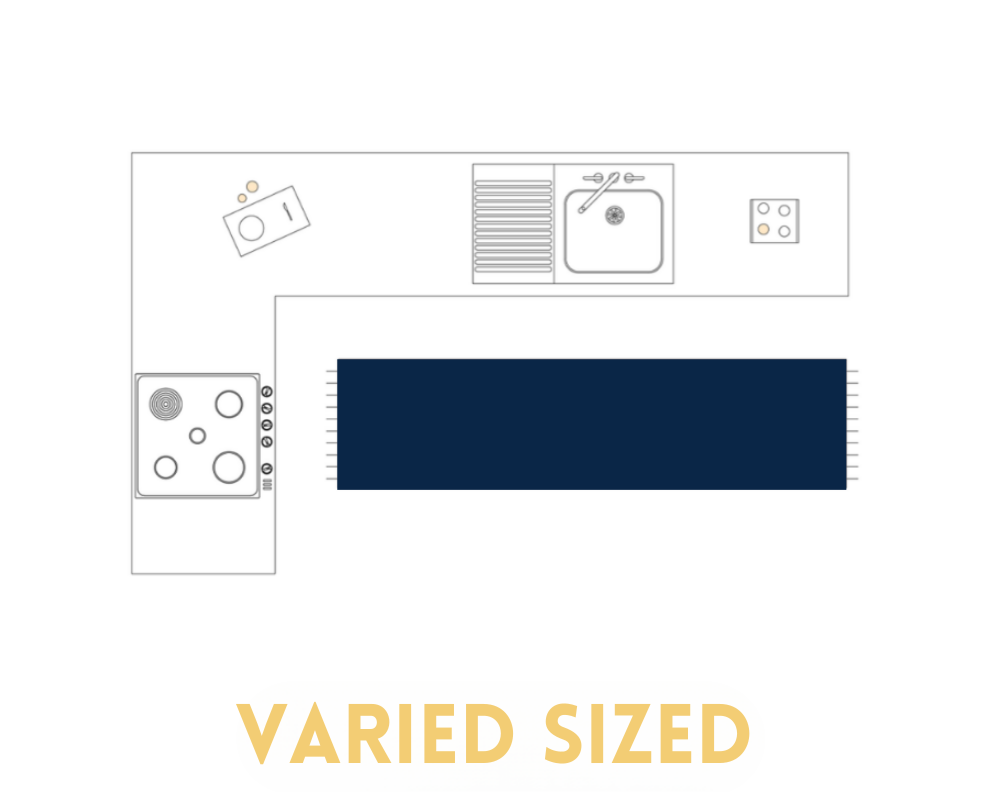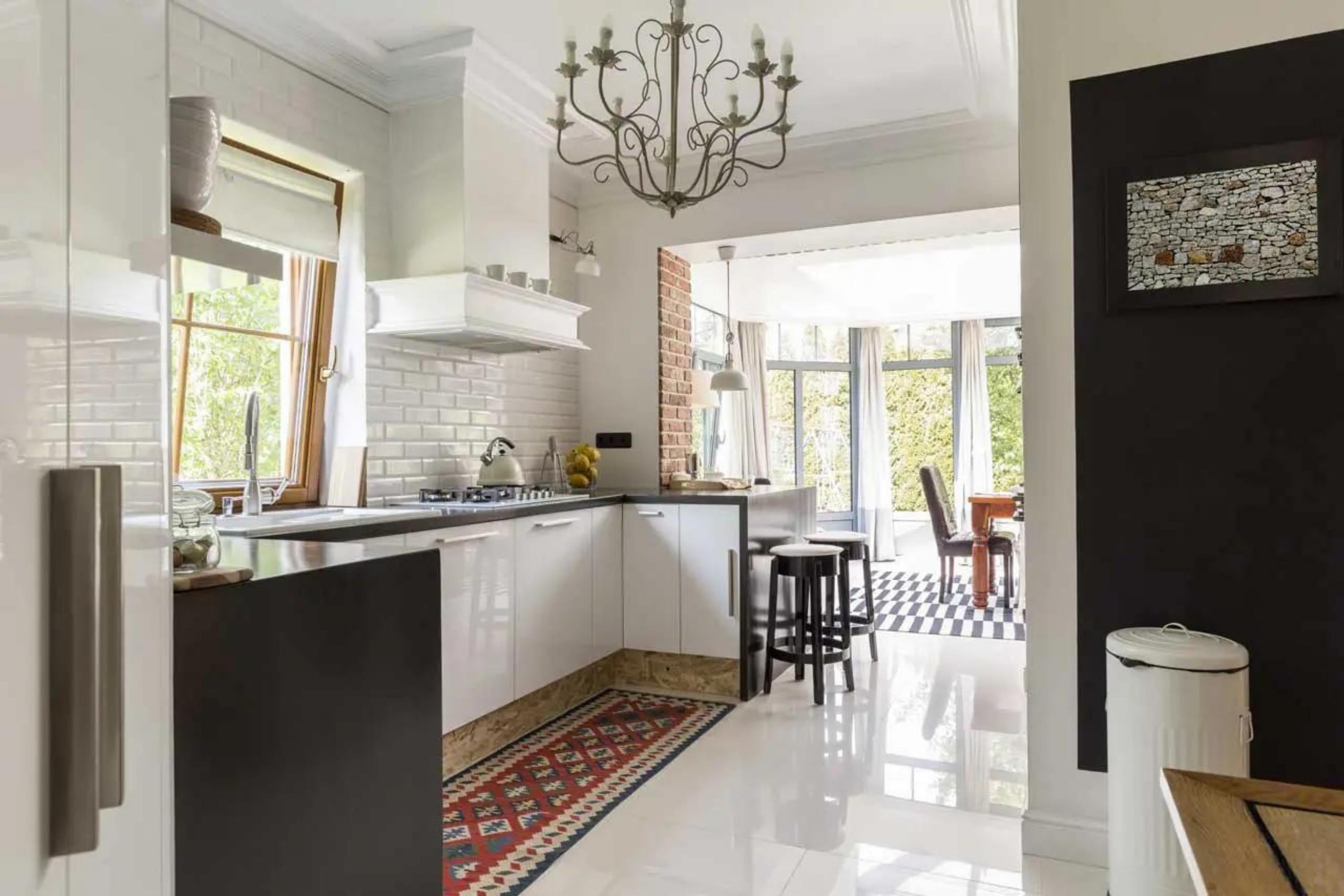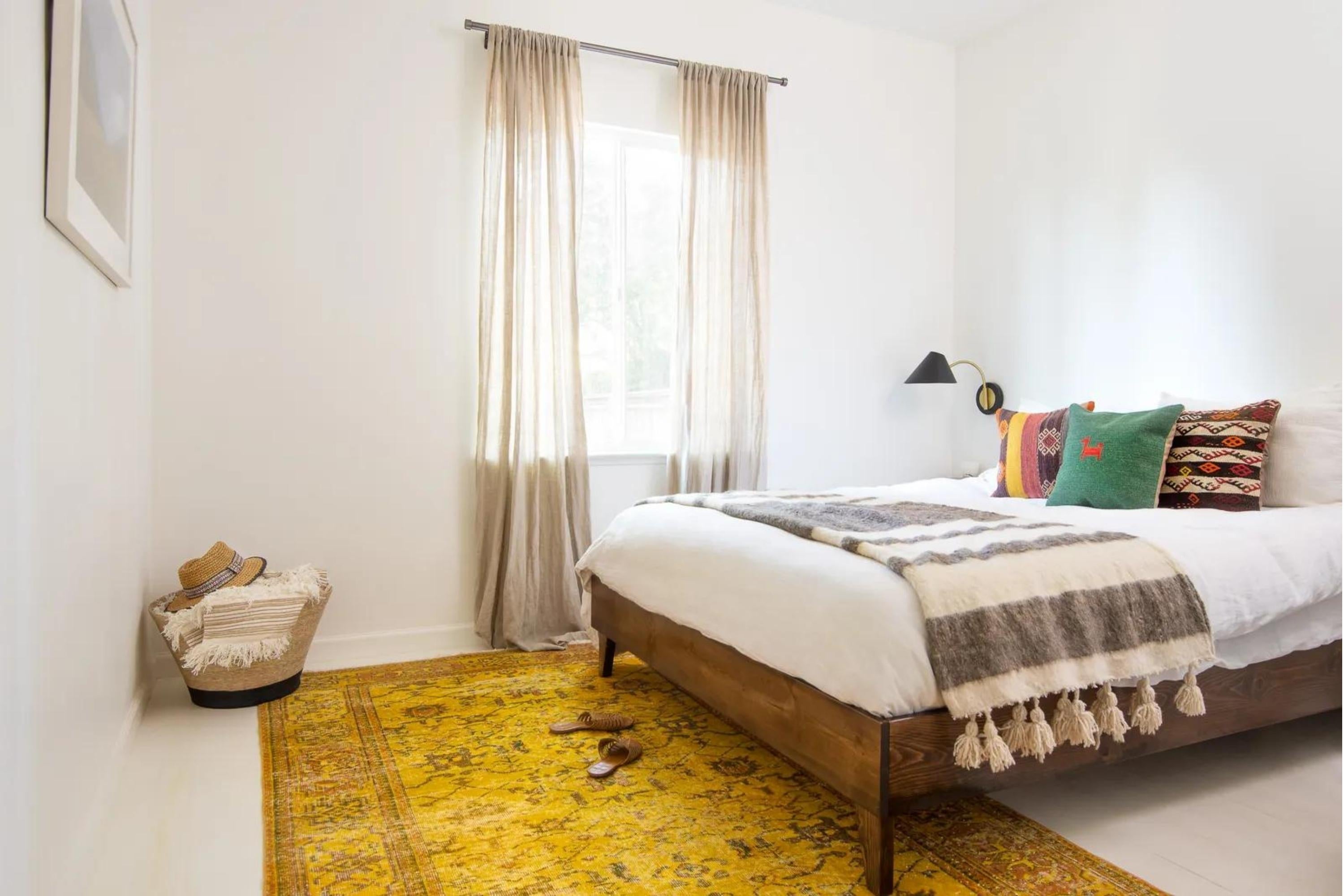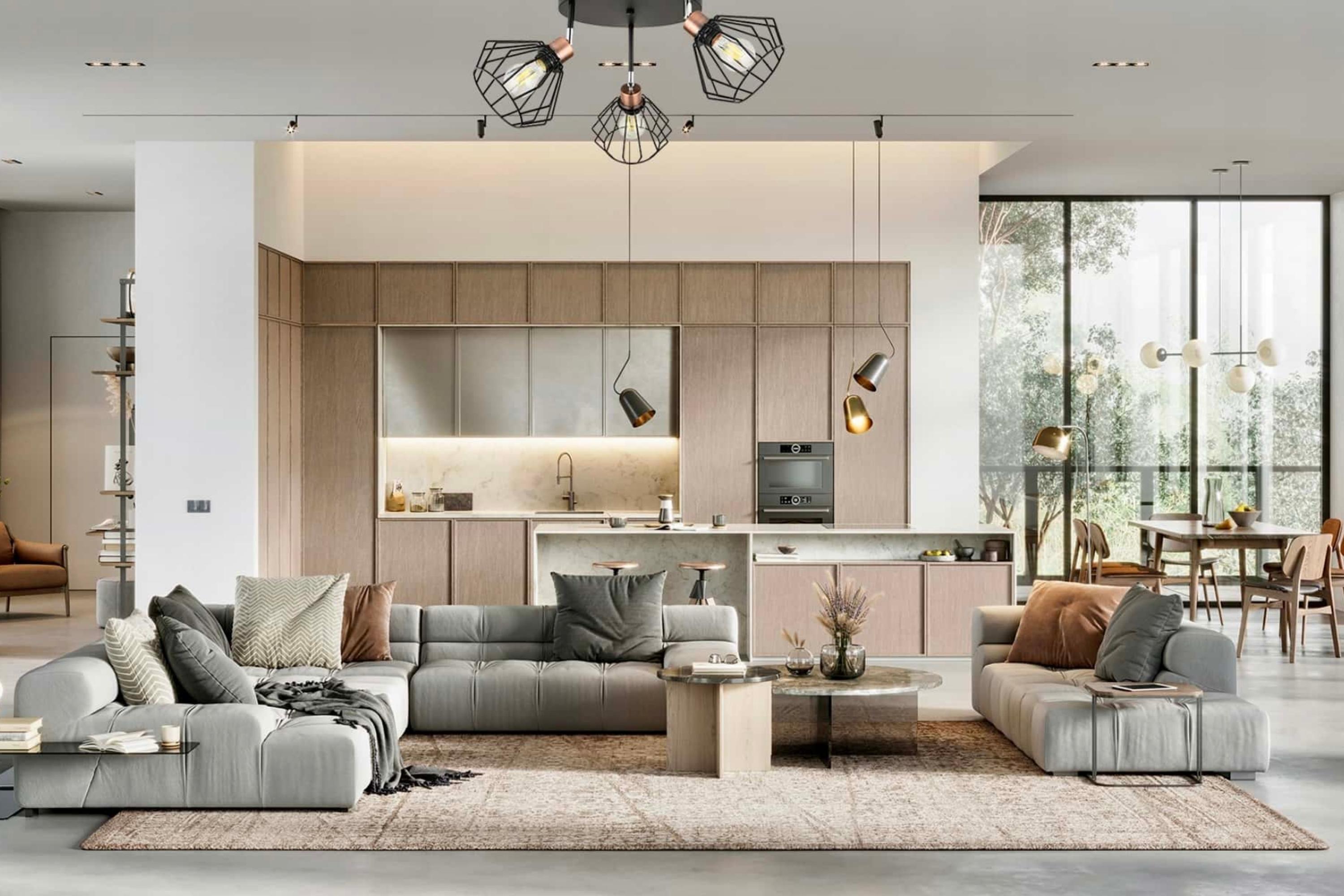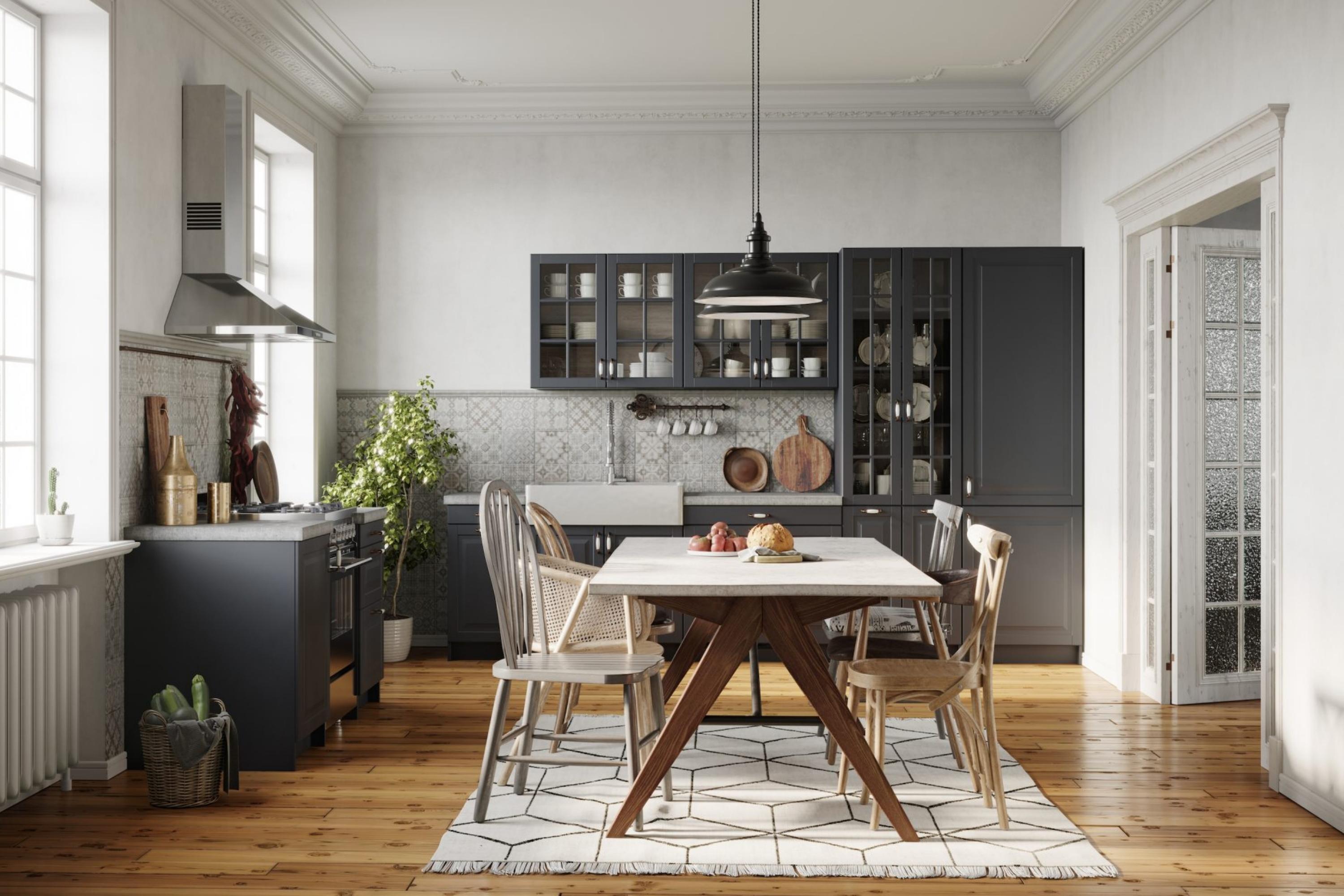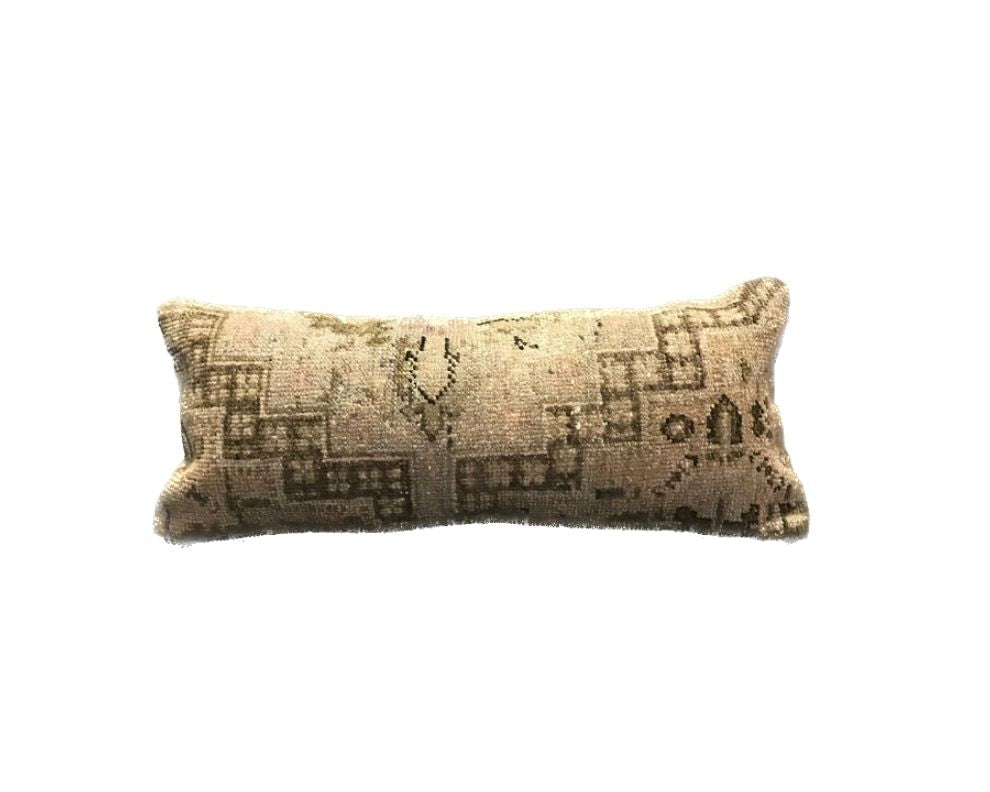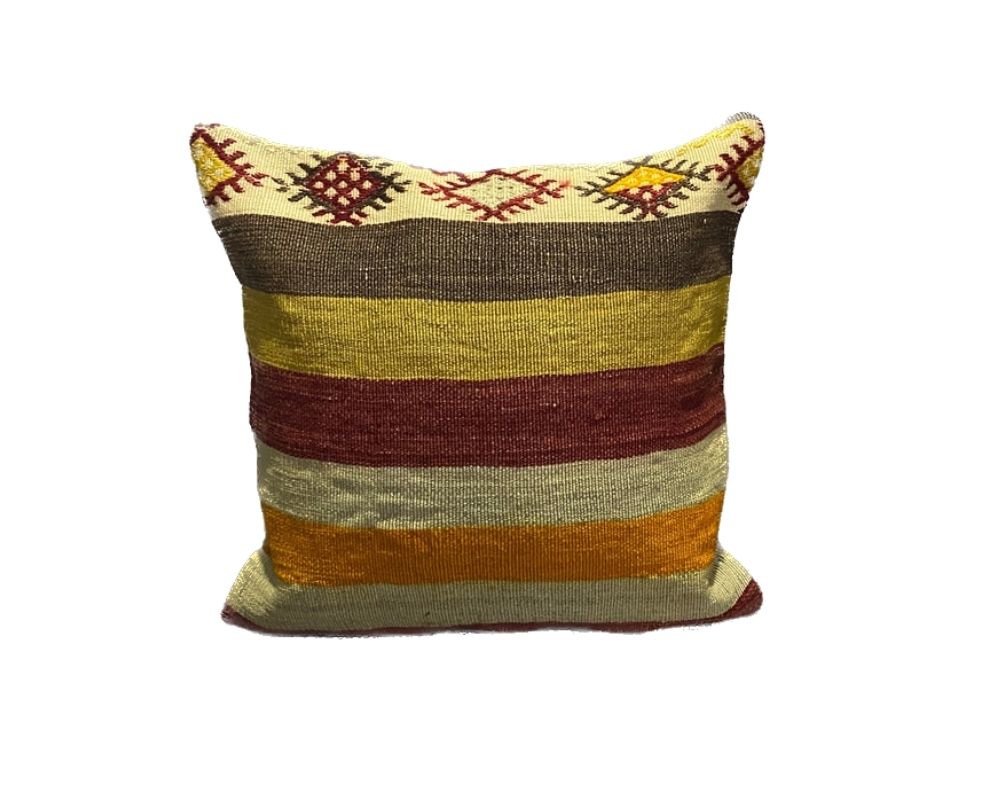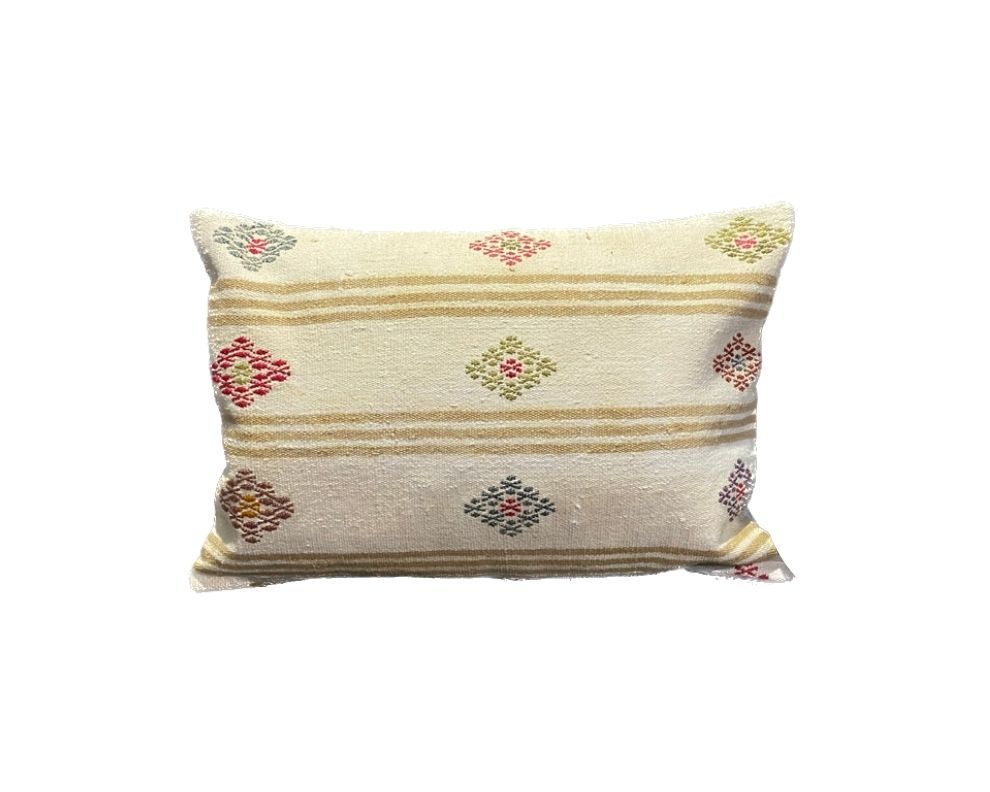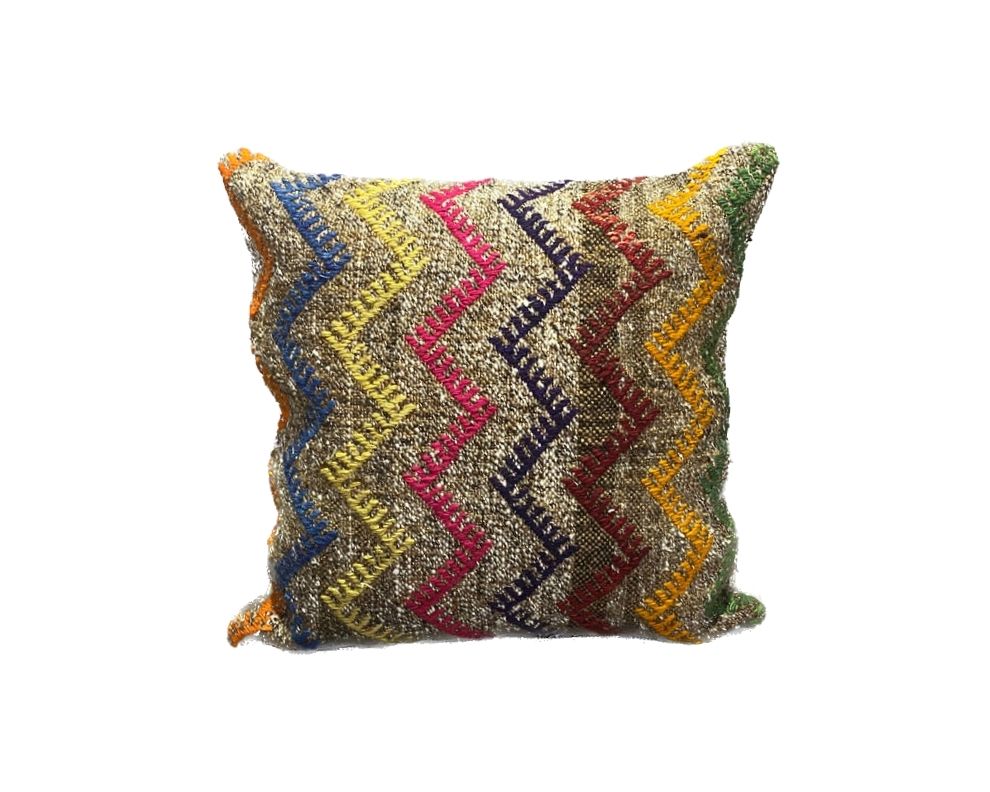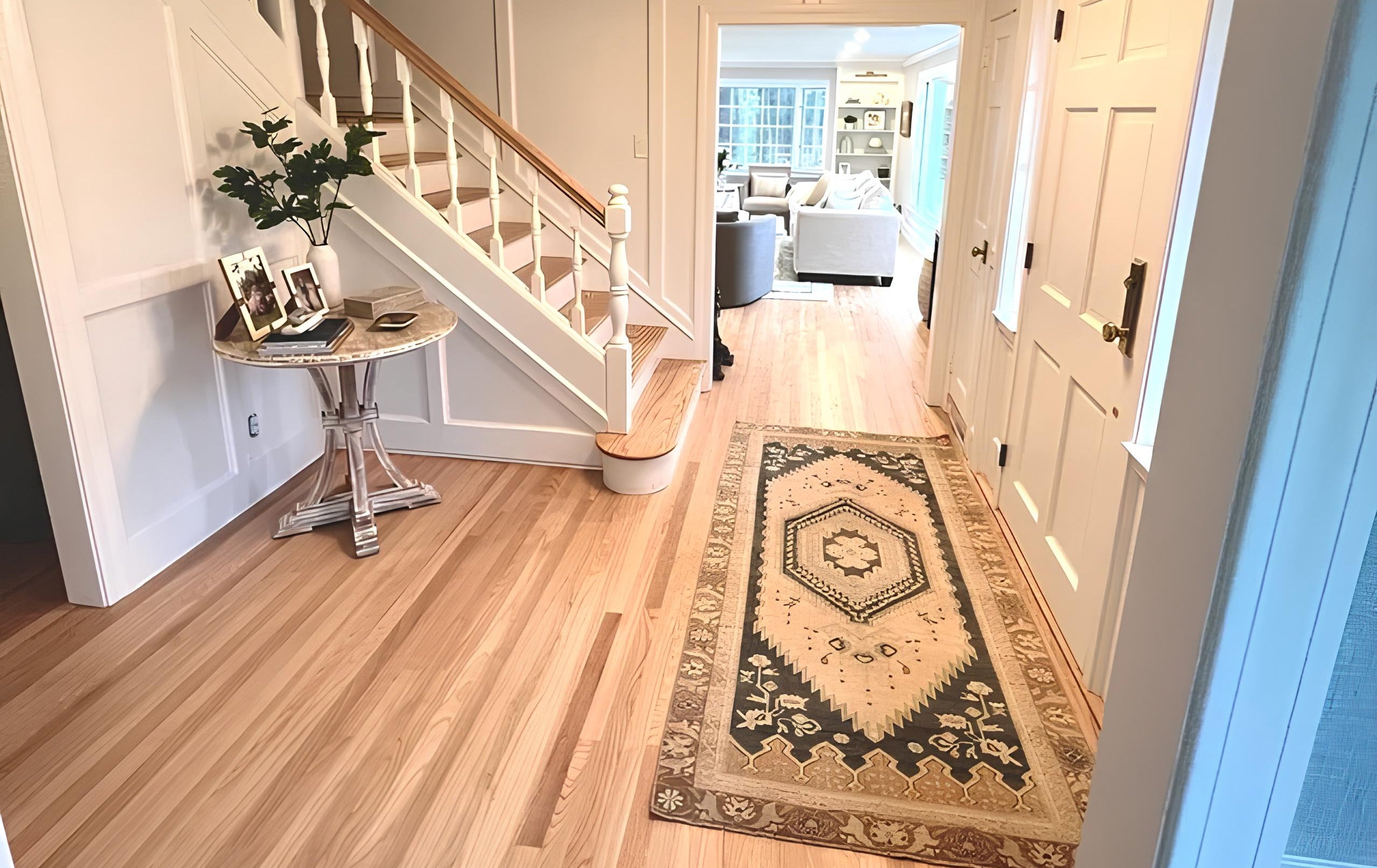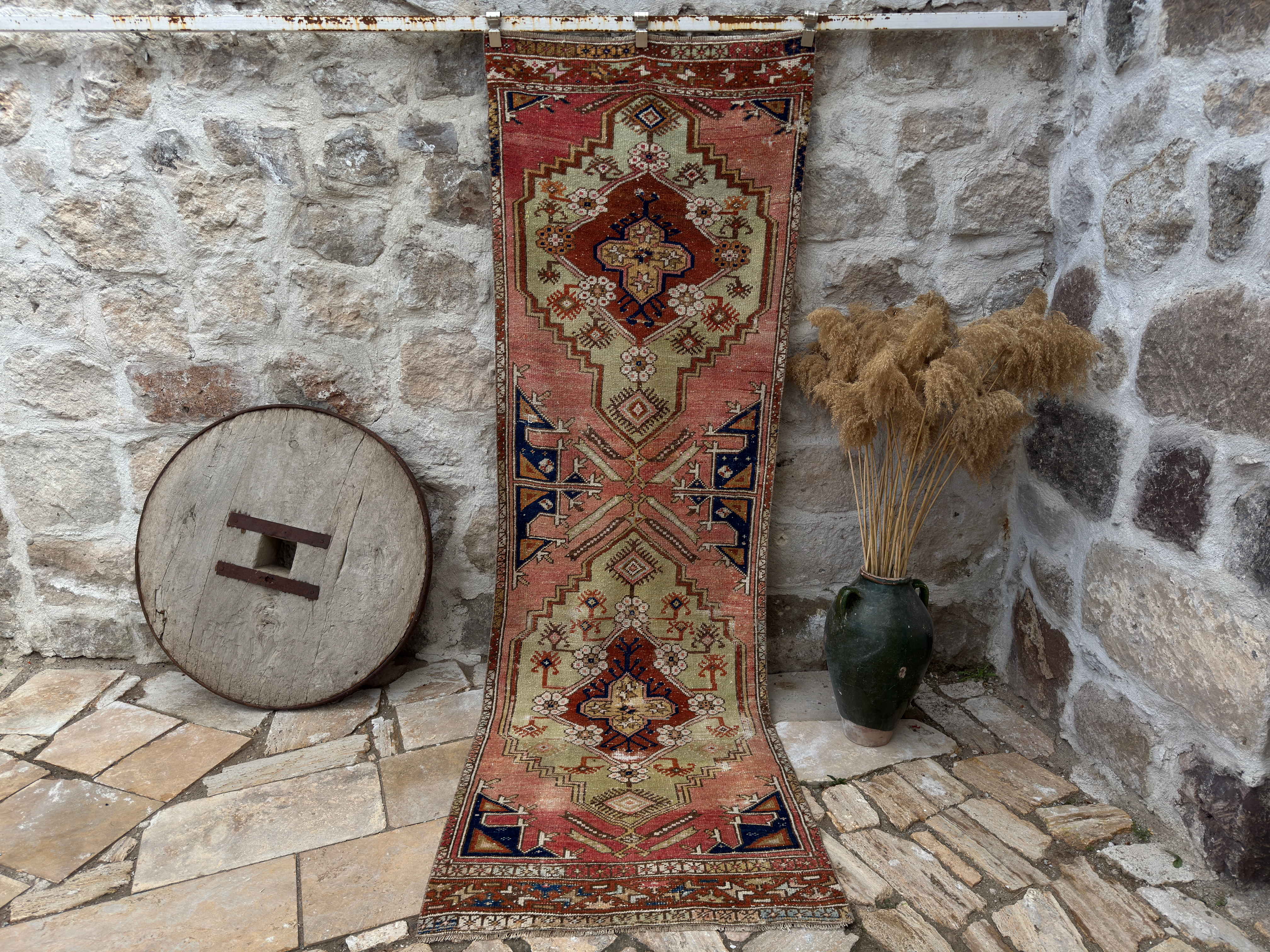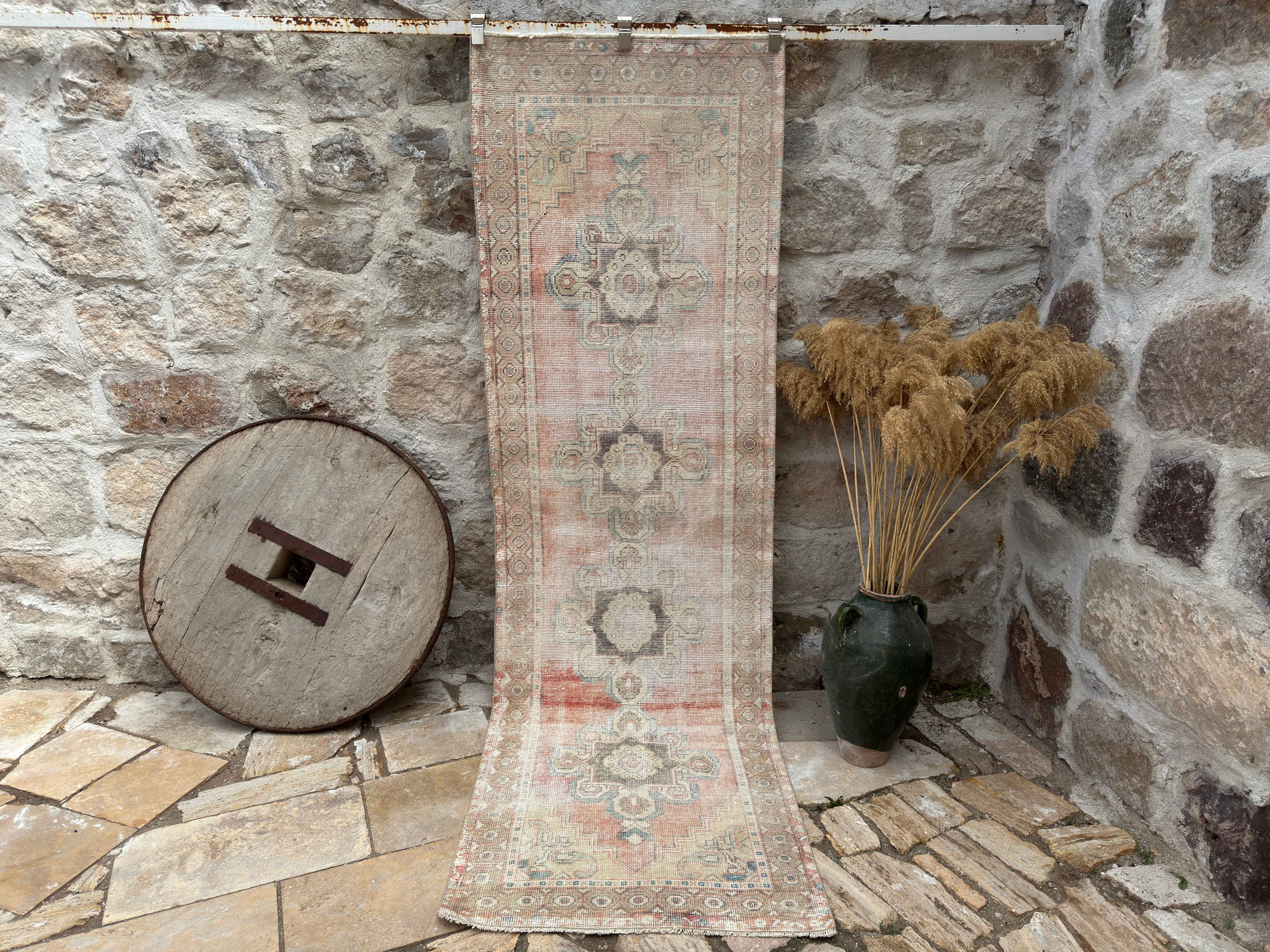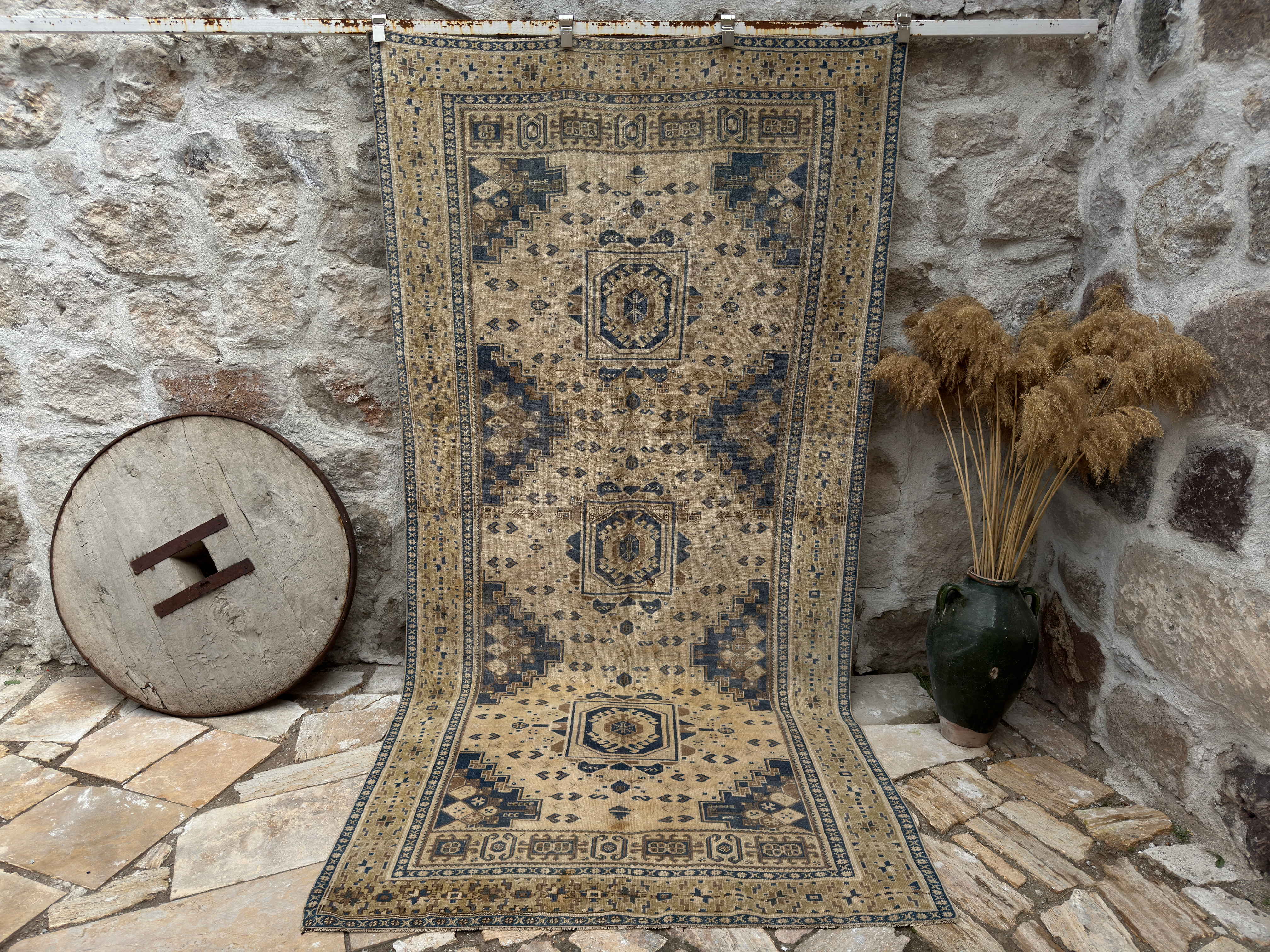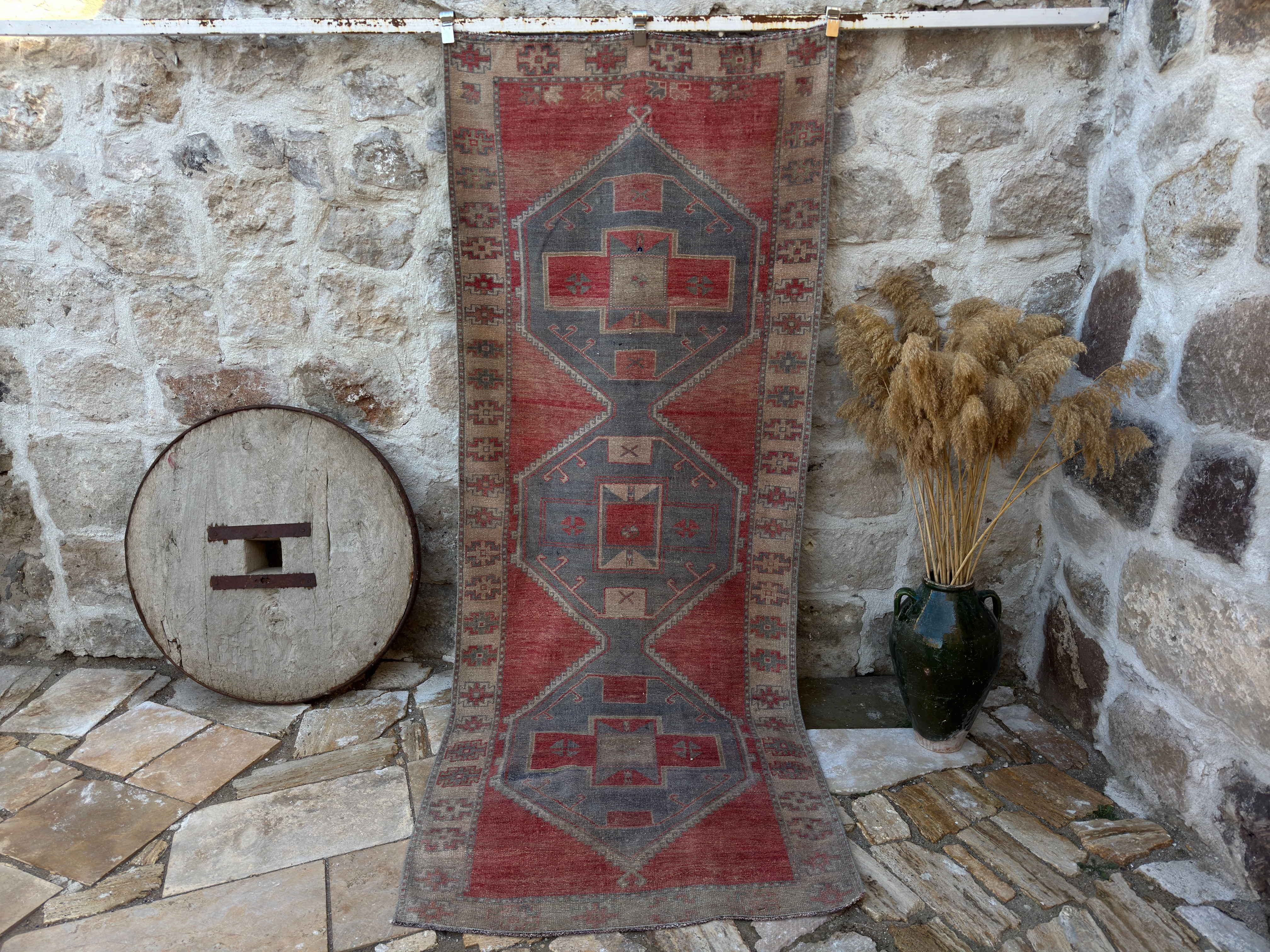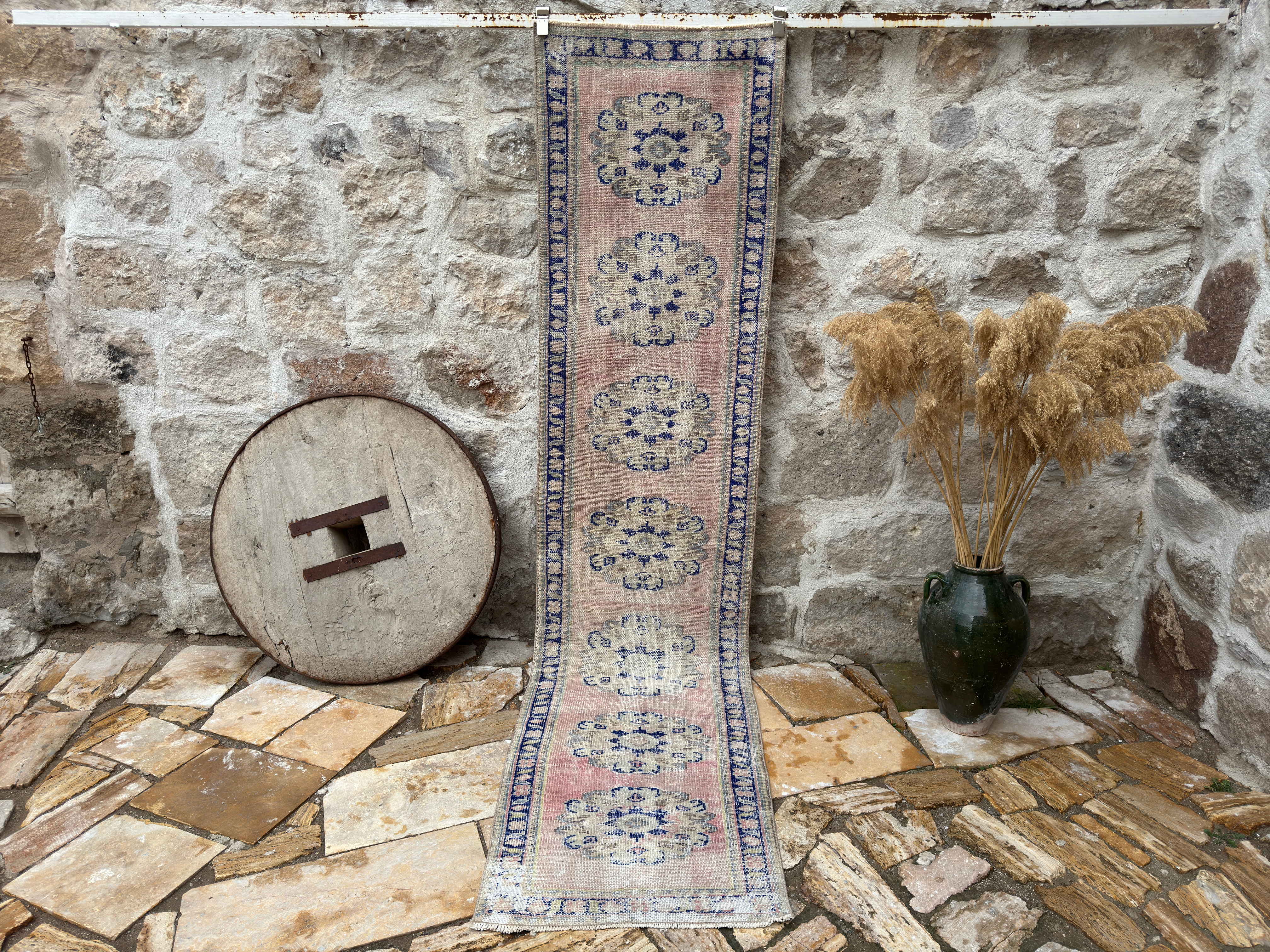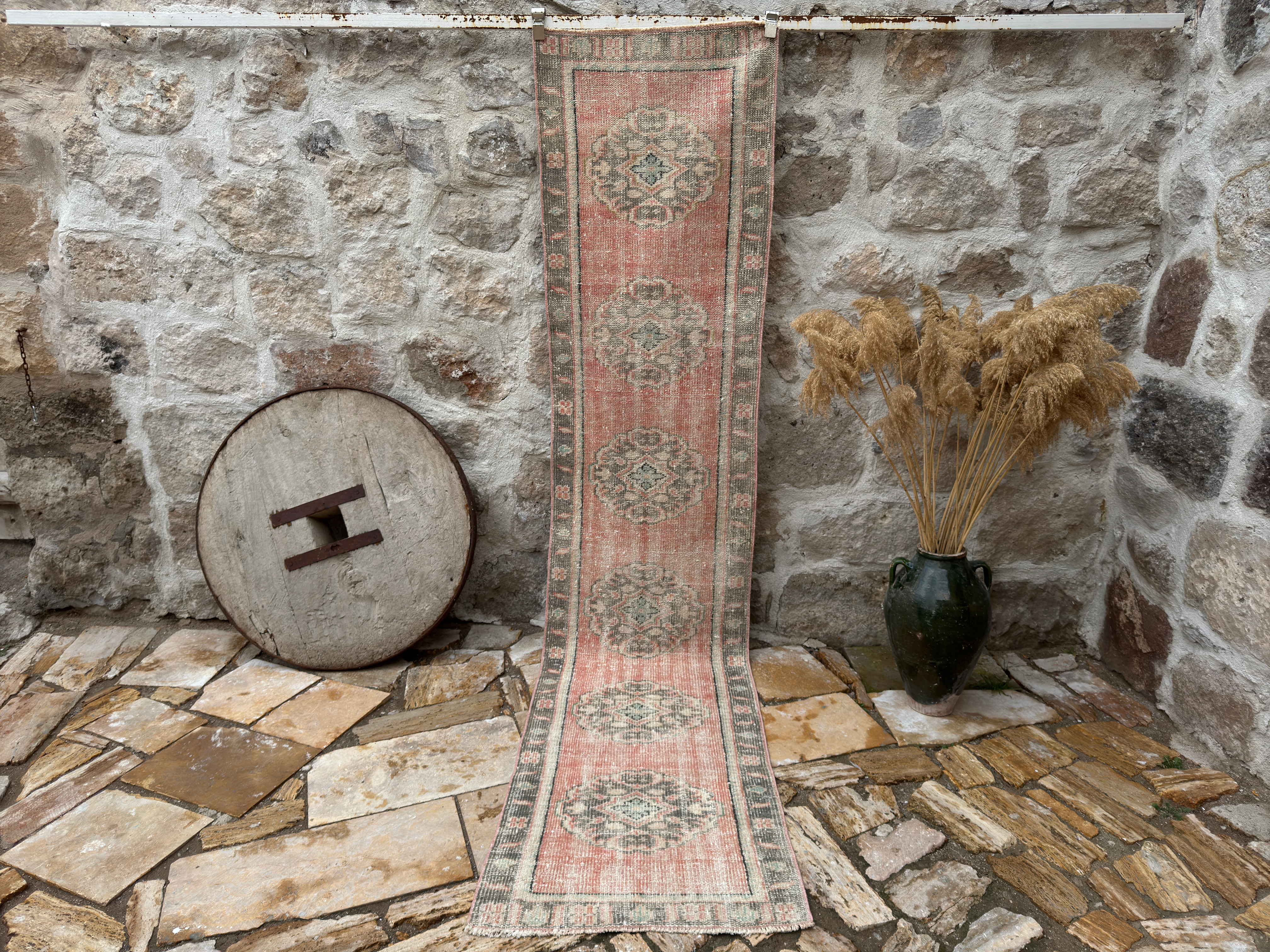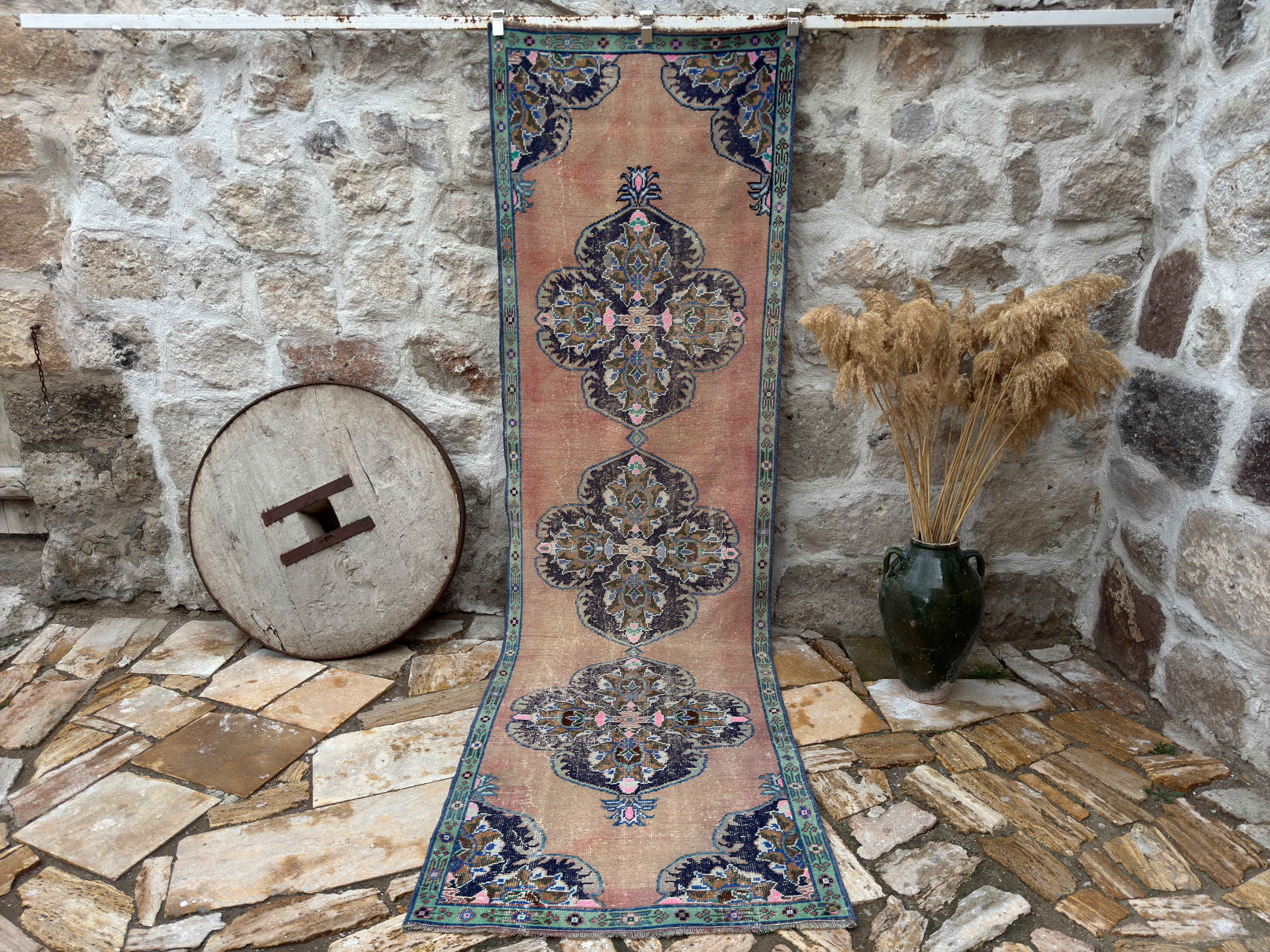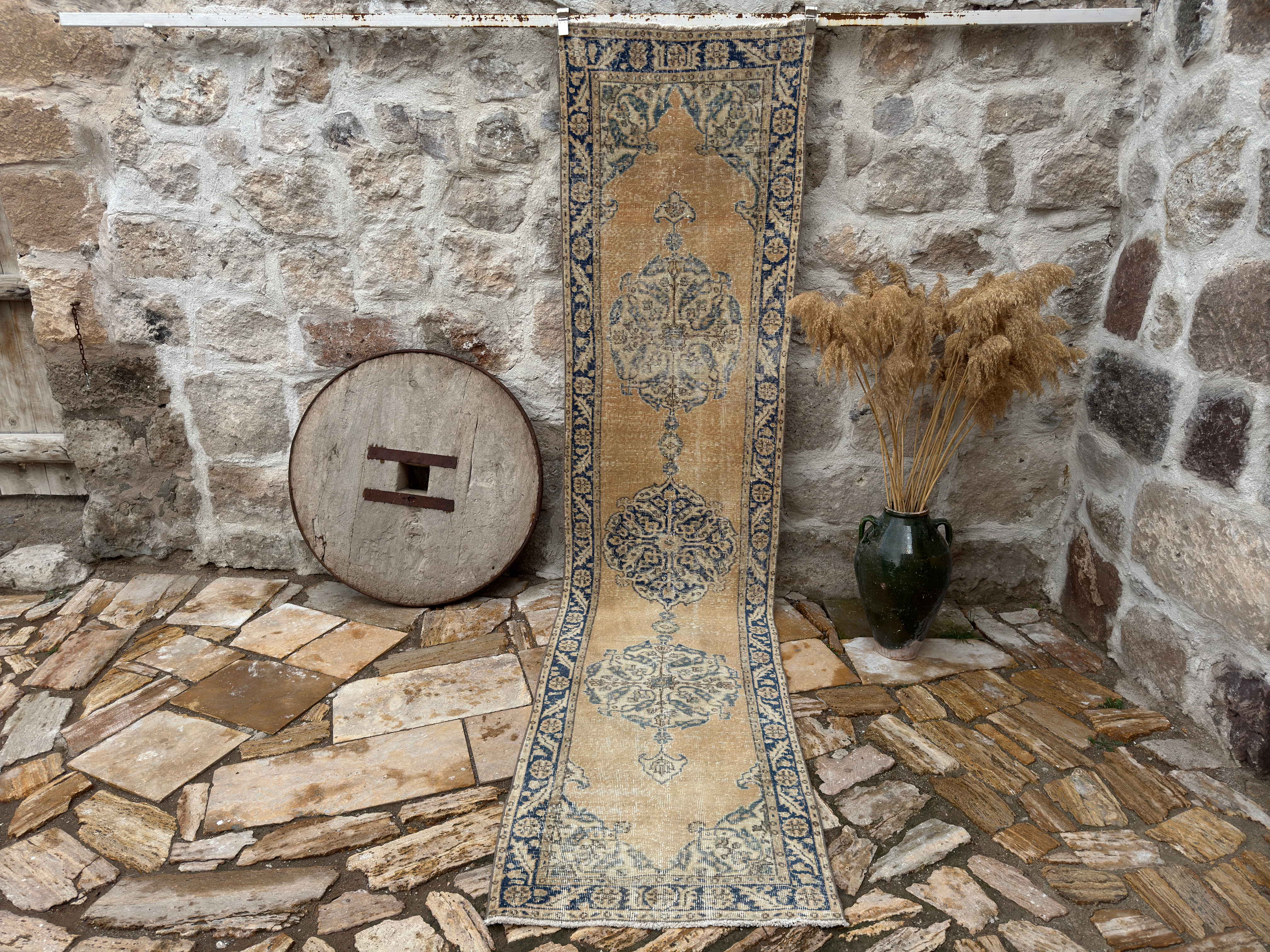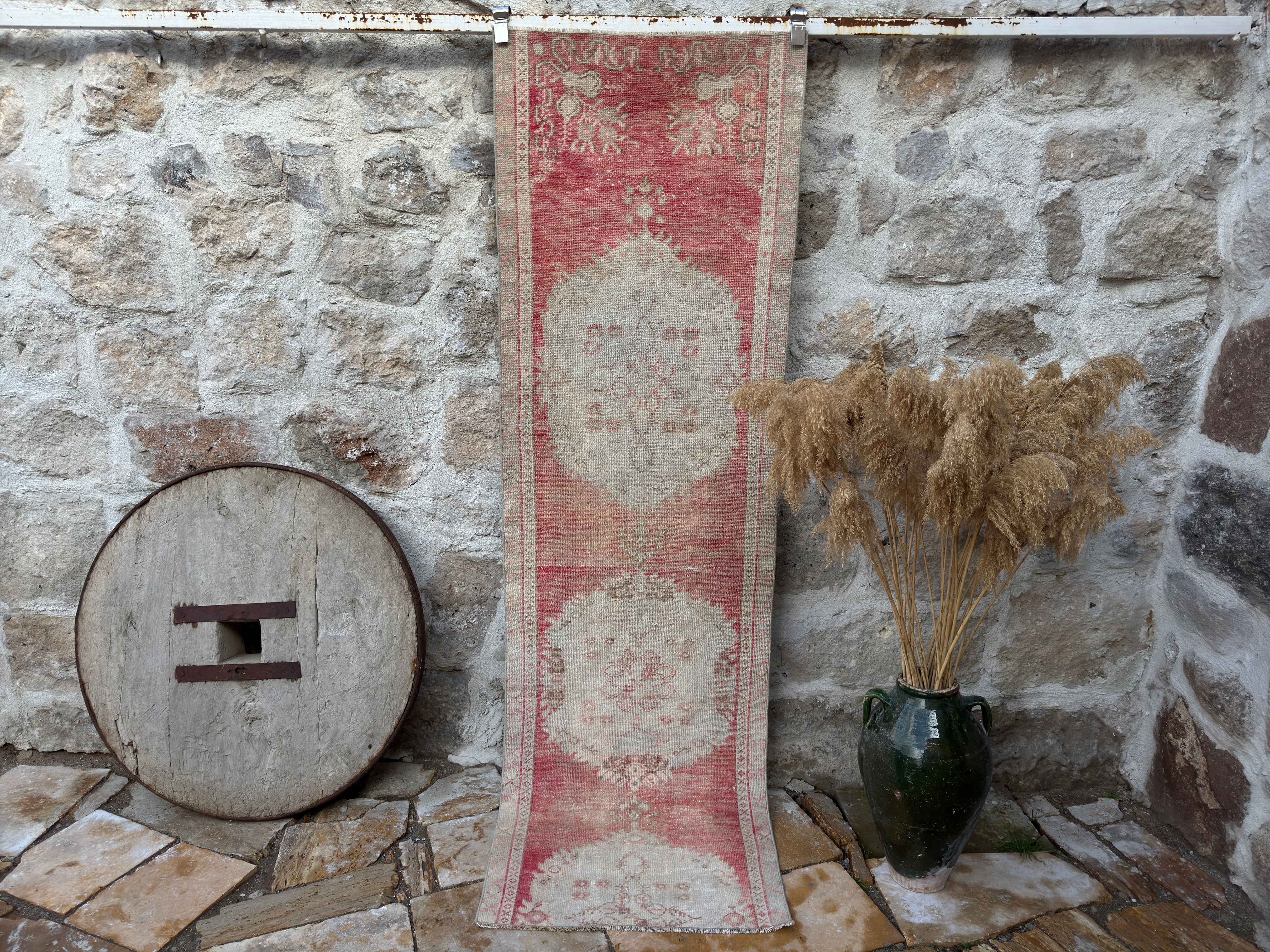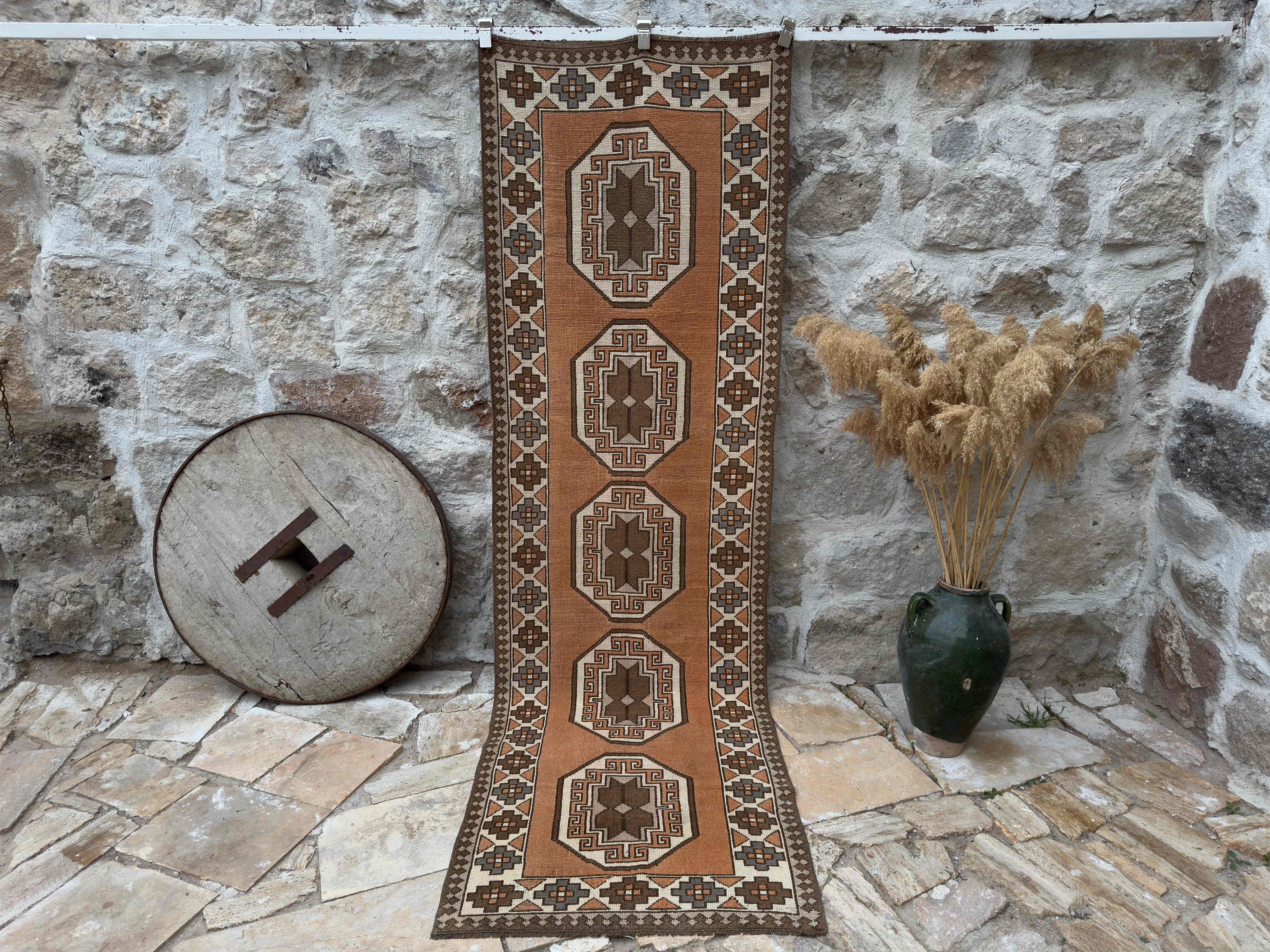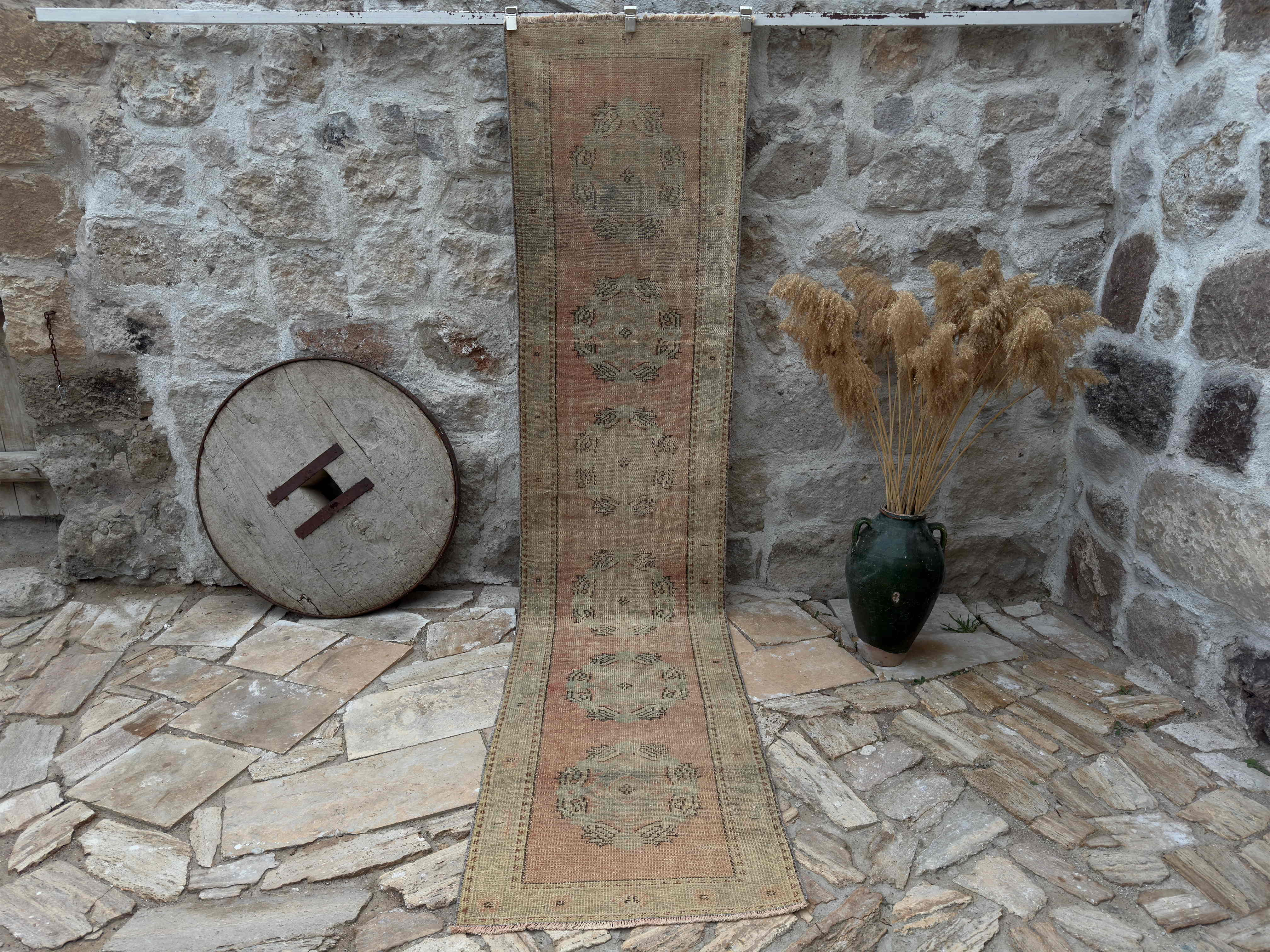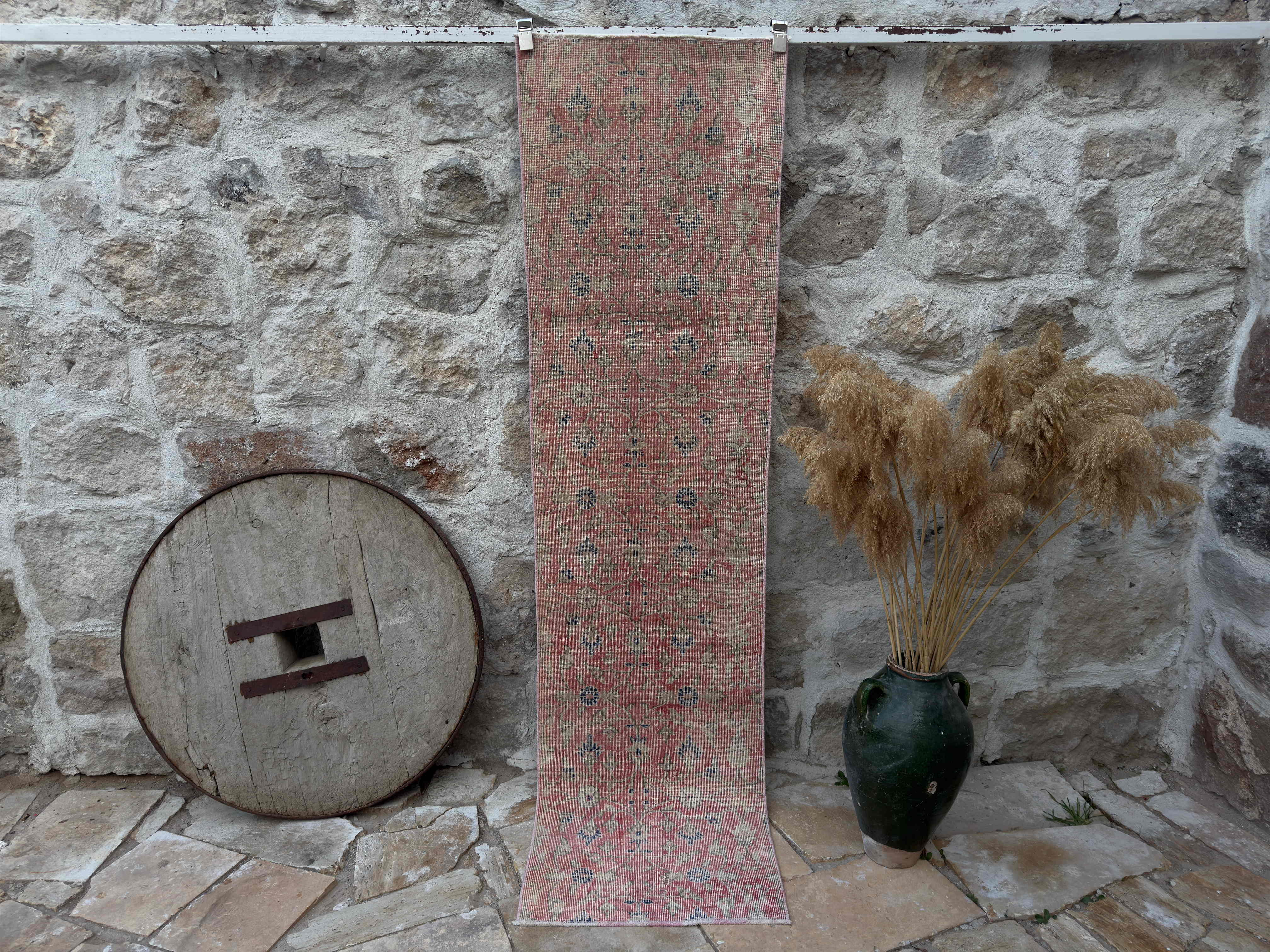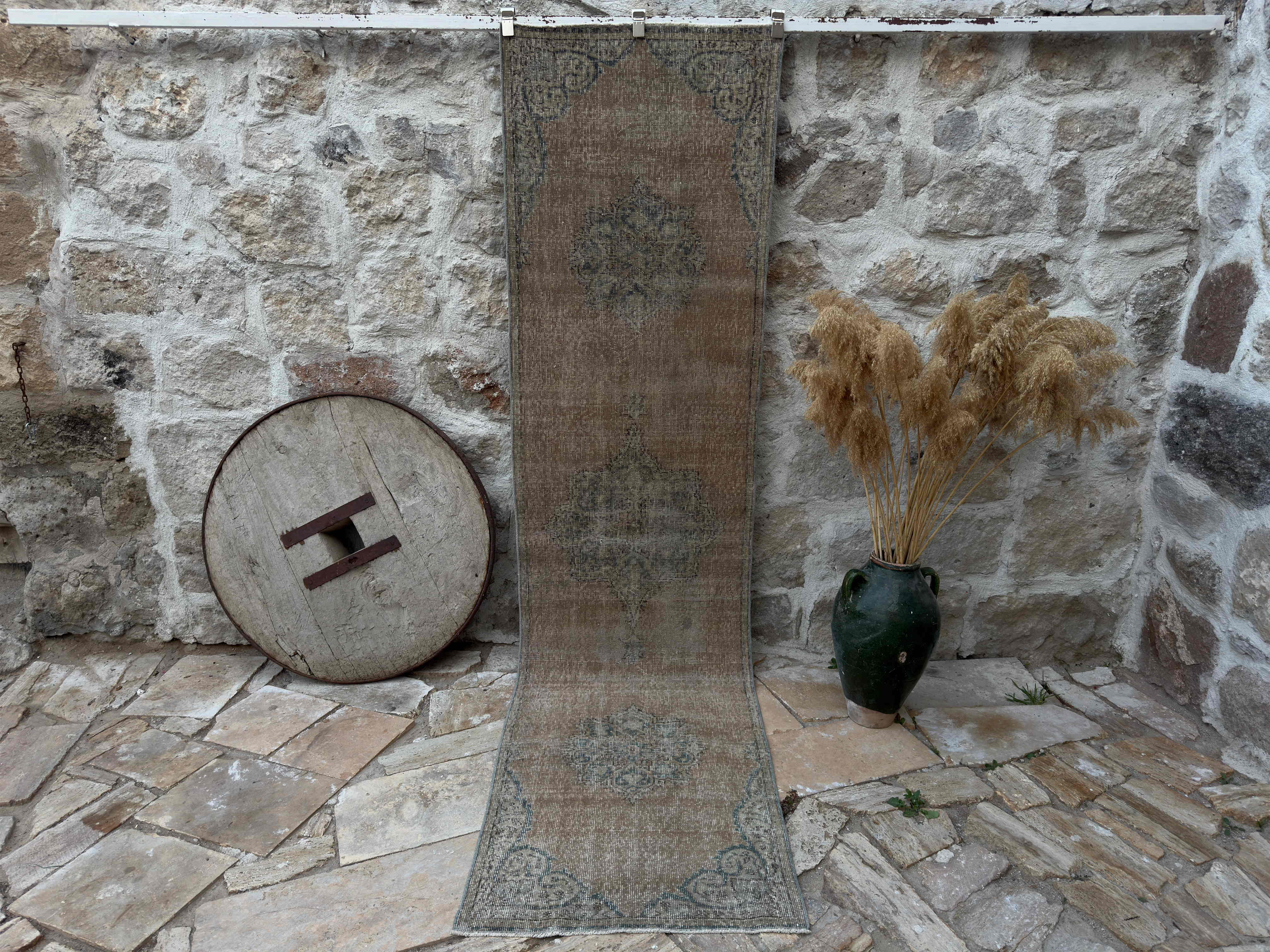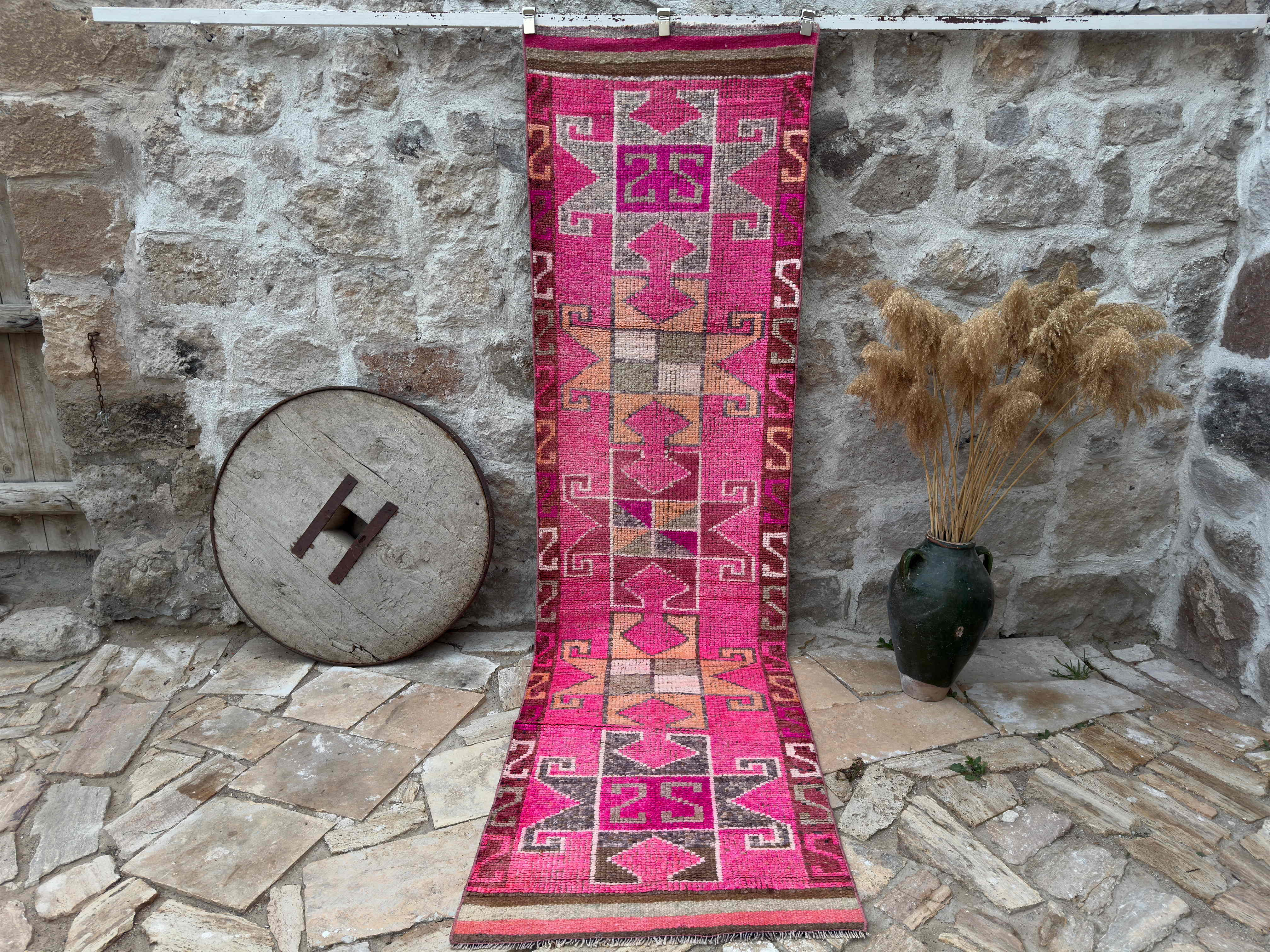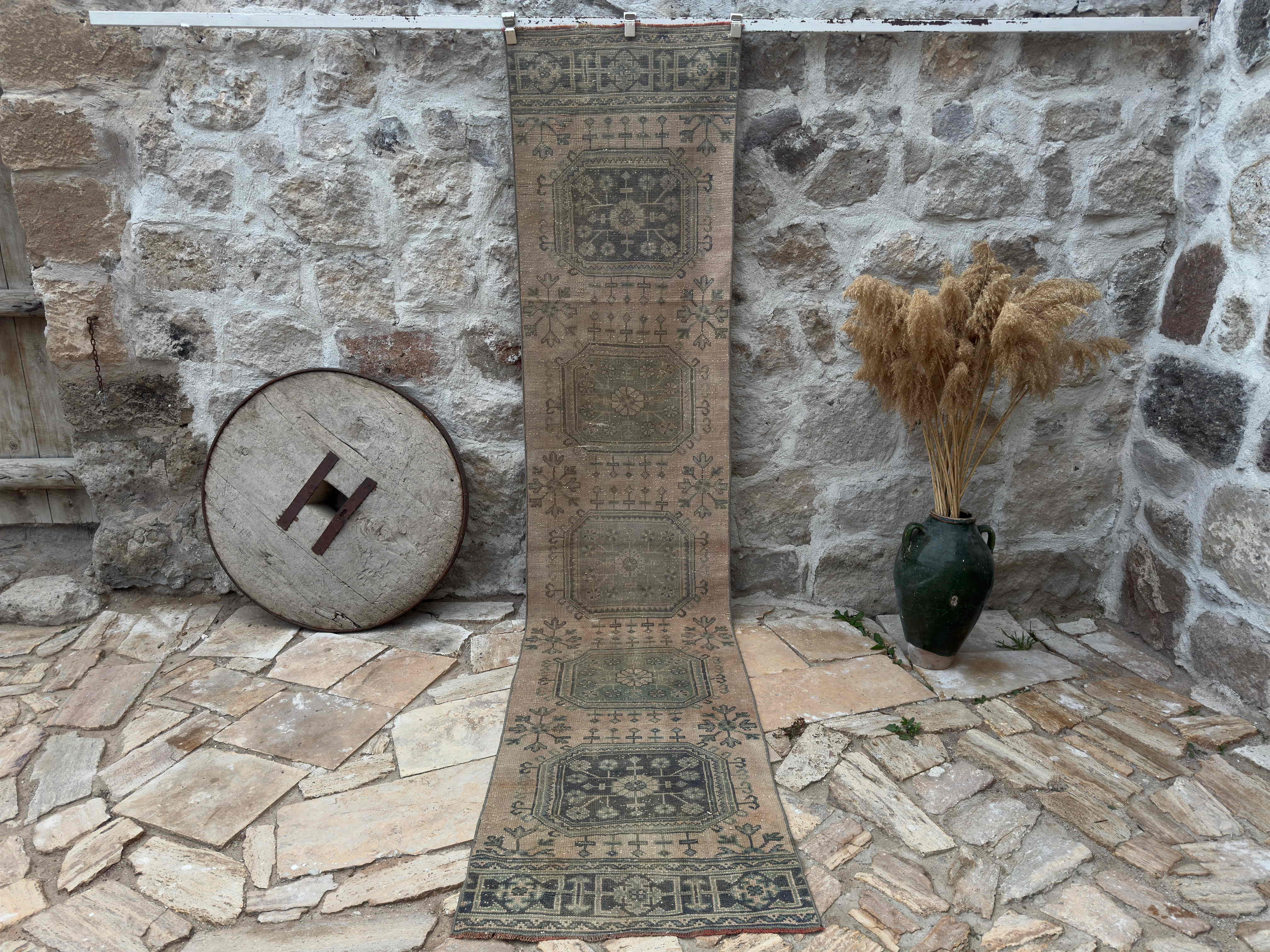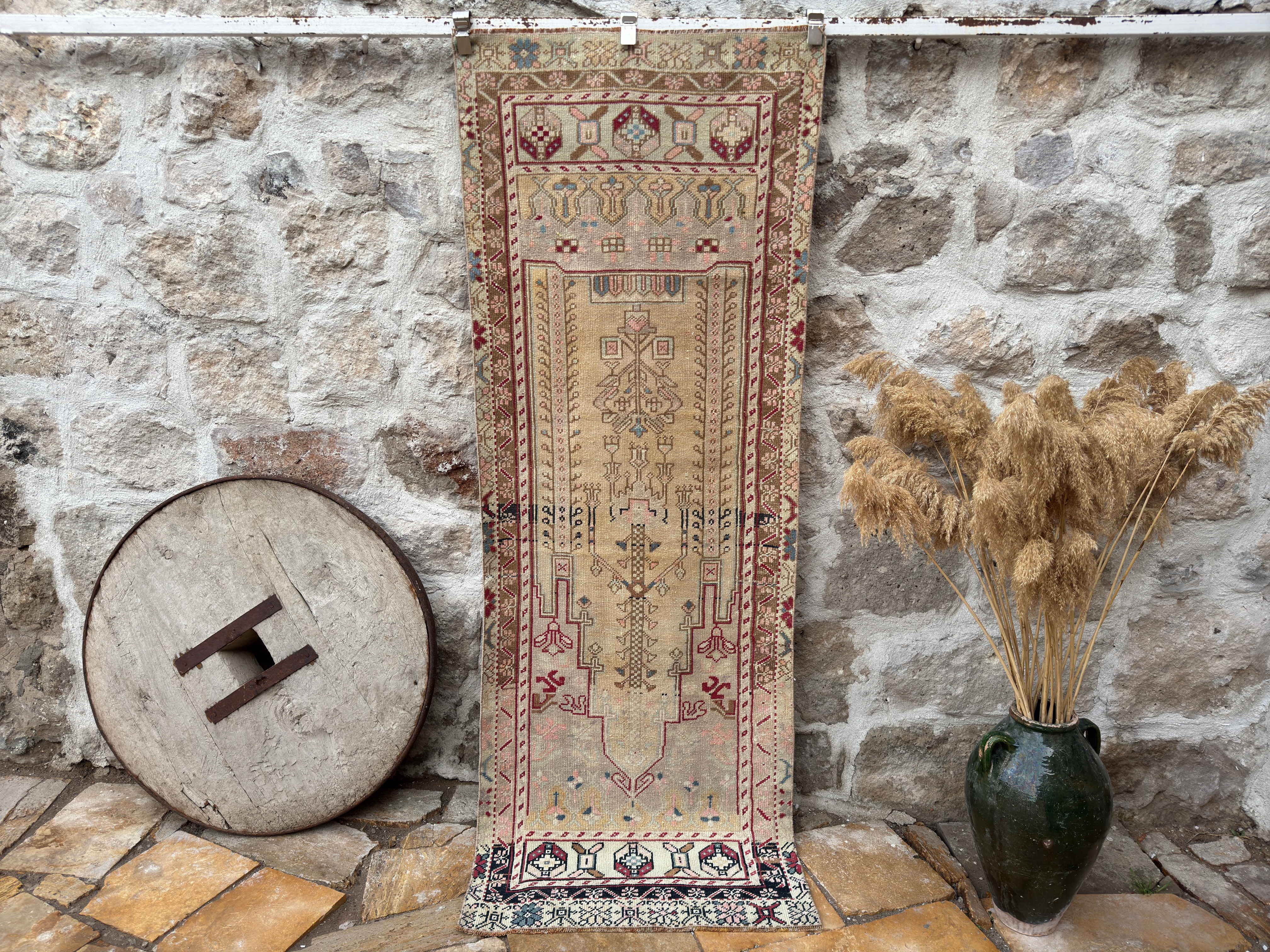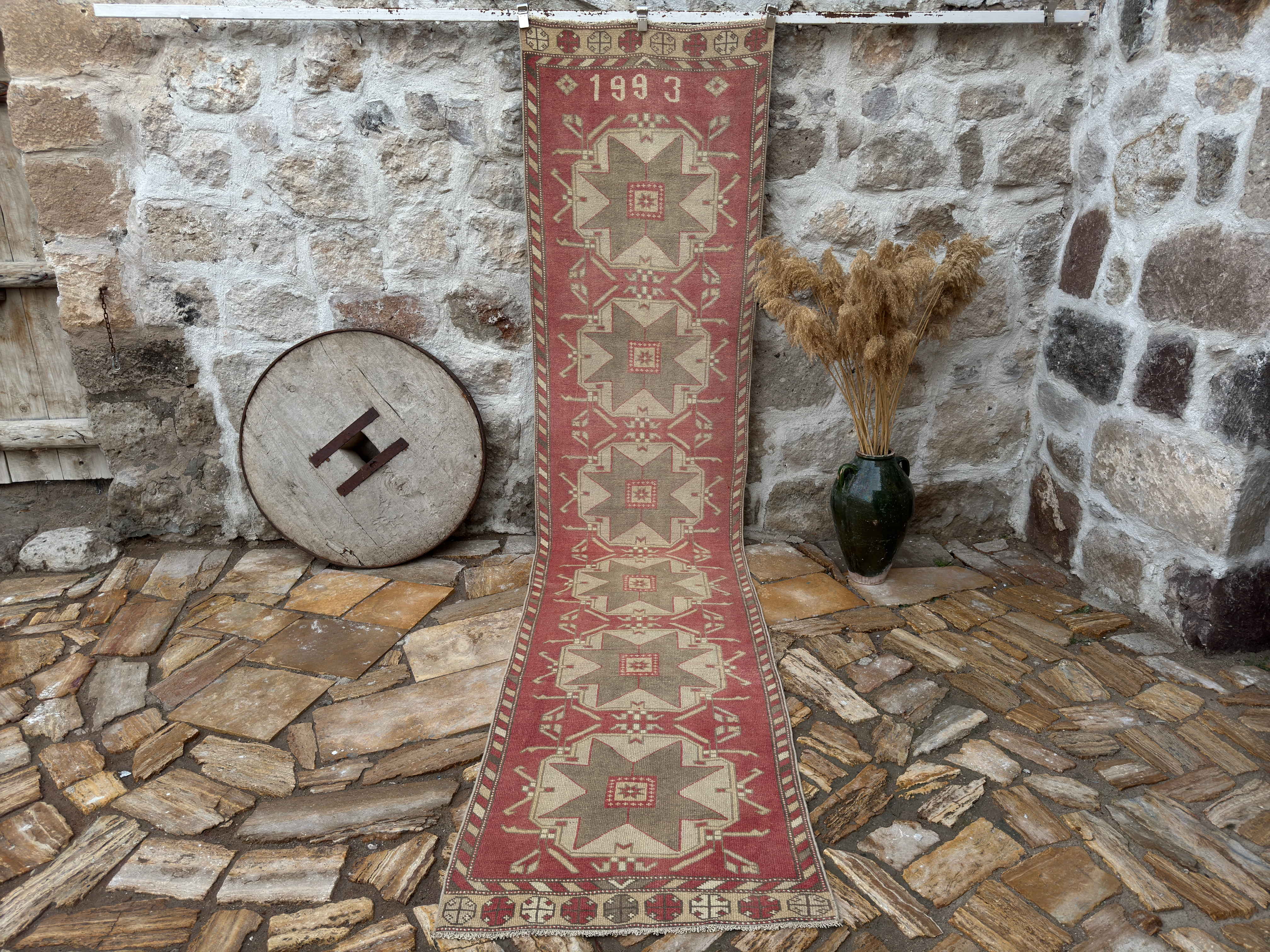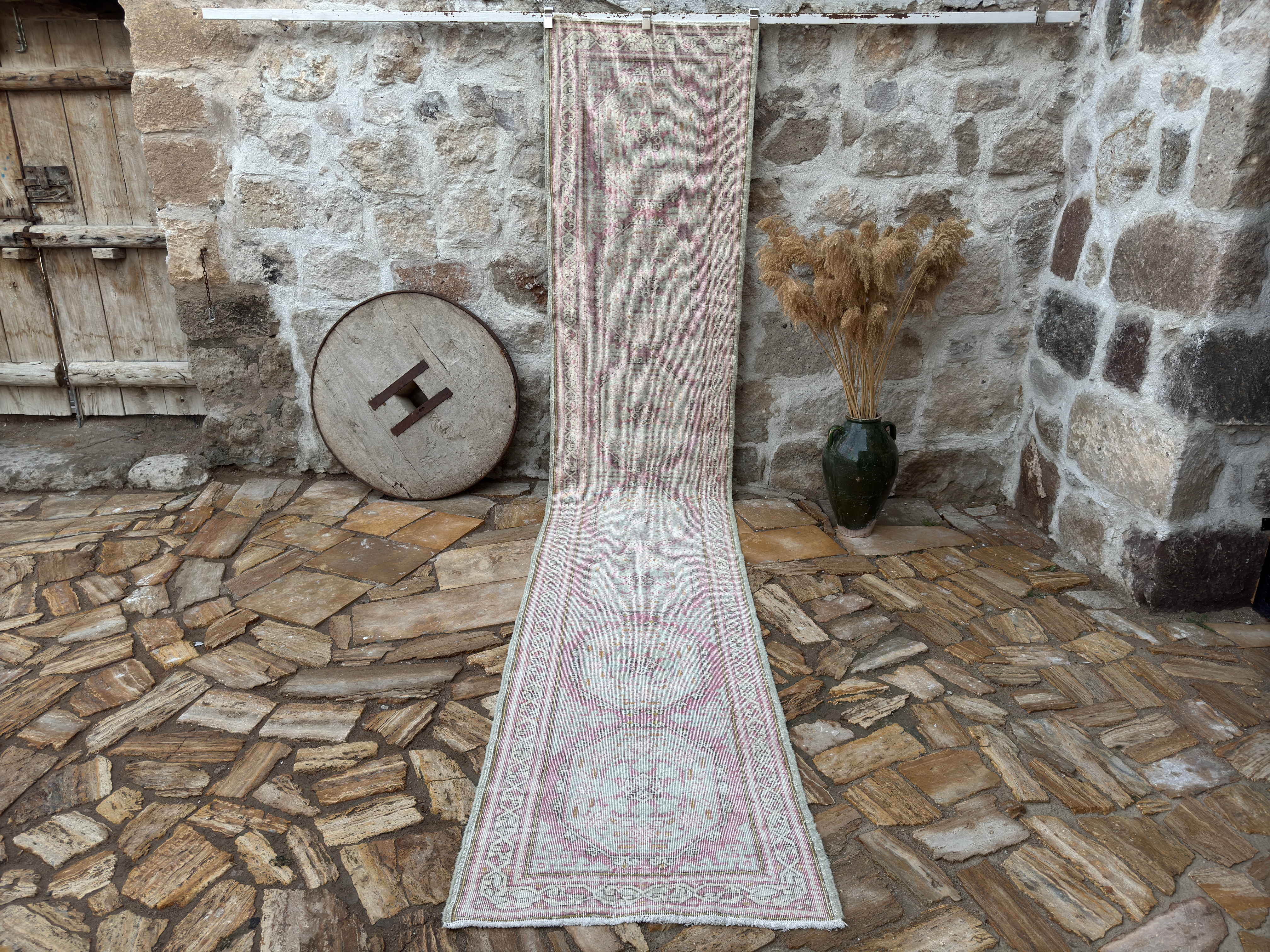Selecting the ideal carpeting for your entrance will help to change the first impression your house makes. The proper rug not only greets guests warmly but also provides utility by dirt capture and floor protection as they enter the house. With so many choices—from robust indoor rug for entrance pieces to soft, neutral entryway rug designs—deciding might be taxing. Using a polite, conversational tone, as you would while conversing with a neighbor over coffee, we will cover all you need to know in this comprehensive guide. By the conclusion, you will be sure to choose the rug that best fits your practical demands, space, and taste.
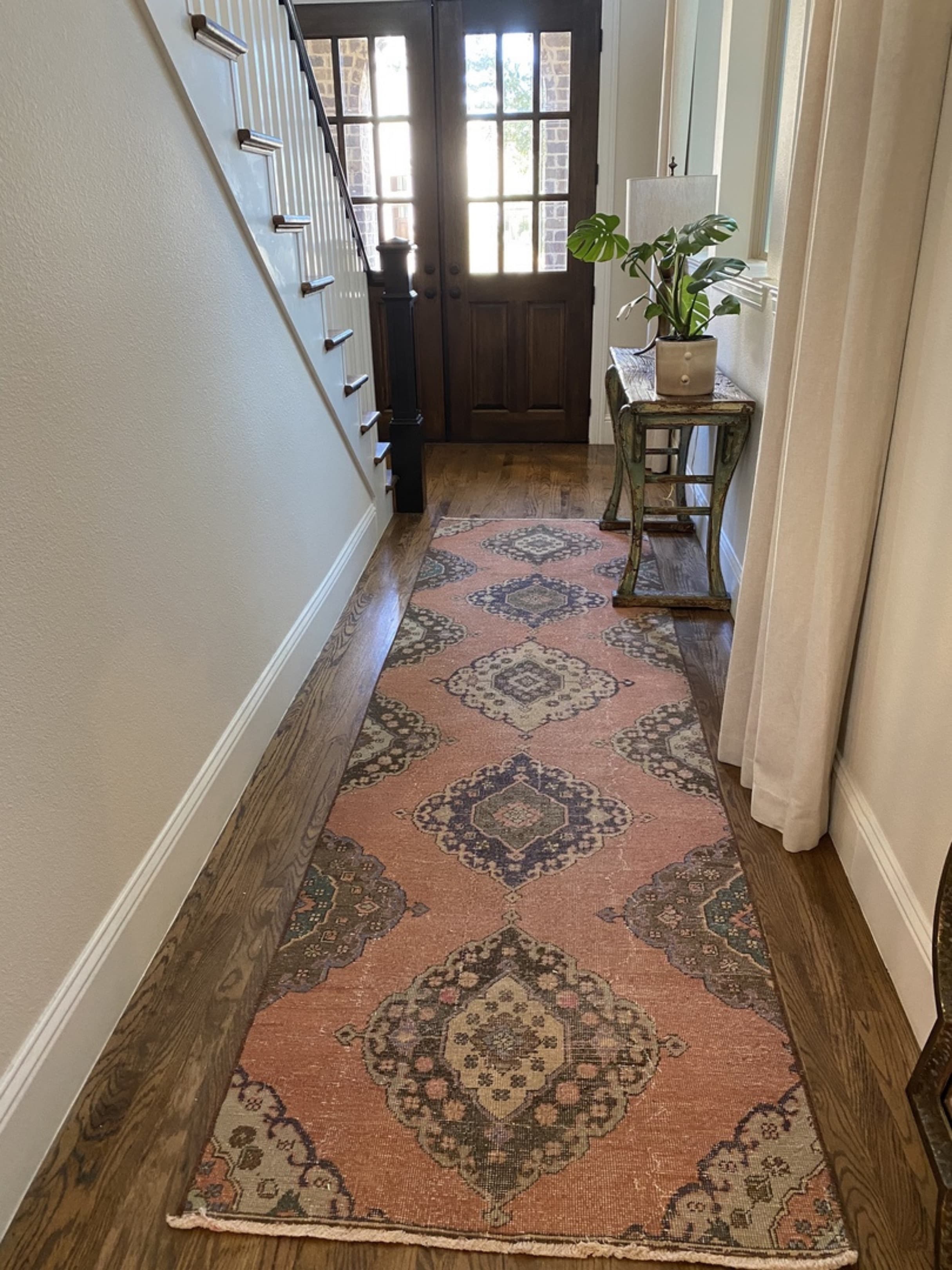
What is an Entryway Rug?
More than just a cosmetic addition, an entrance rug is a useful piece meant to withstand most foot traffic as guests approach your house. Usually immediately inside the front door, this rug has several uses—or occasionally right outside the front door. Acting as a doormat first, it catches trash, grime, and dampness before it gets to your other flooring. Second, it visually grounds the entrance area with a friendly palette of color, texture, and pattern that defines the tone of your house going forward. The entranceway rug is a key component in both looks and utility whether you choose a lush pile rug for a comfortable feel or a flatweave doorway rug for simple cleaning.
Rug Ideas for Your Home's Entryway
Think about how your rug would complement current décor items—such as a bench, mirror, or console table—when you picture the perfect entrance space. To create a strong first impression, you might gravitate toward a dramatic pattern or maybe a neutral entrance rug to preserve a calm atmosphere. While some homeowners choose a modern graphic print, others like a traditional oriental style. Remember that size counts: a too little rug could seem like an afterthought, but an excessive carpet might overpower the area. If you are unsure, look at our Runner rugs for long, narrow corridors or our Medium rugs (2' x 4' to 6' x 9' collection for more flexible entryway rug size options).
Important Things to Look for in Entryway Rugs
Stop before clicking "add to cart," to consider a few important elements. First, material: synthetic choices like polypropylene can replicate high-end looks at a cheaper price range and can dry fast if damp; natural fibers like wool are robust and stain-resistant. Second, pile height: because they resist crushing and won't be tripped over by the door, low-pile rugs or flatweaves perform well in high-traffic areas. Third, backing and skid resistance: although some rugs have a non-slip backing, you might wish to buy a separate rug pad for more cushioning and grip. At last, take maintenance into account: could you easily hoover it? Is it machine-washable or will expert cleaning be needed? You'll find the ideal entrance mat that strikes a mix of endurance and design by considering these elements.
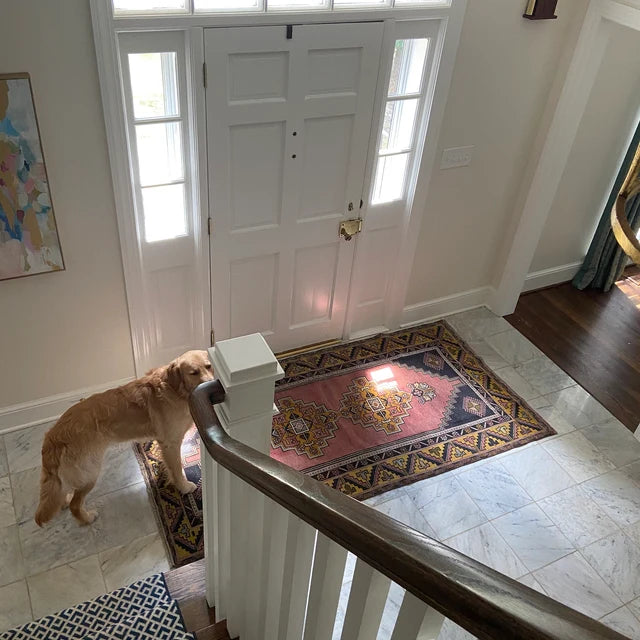
Important Things to Look for in Entryway Rugs
Stop before clicking "add to cart," to consider a few important elements. First, material: synthetic choices like polypropylene can replicate high-end looks at a cheaper price range and can dry fast if damp; natural fibers like wool are robust and stain-resistant. Second, pile height: because they resist crushing and won't be tripped over by the door, low-pile rugs or flatweaves rugs well in high-traffic areas. Third, backing and skid resistance: although some rugs have a non-slip backing, you might wish to buy a separate rug pad for more cushioning and grip. At last, take maintenance into account: could you easily hoover it? Is it machine-washable or will expert cleaning be needed? You'll find the ideal entrance mat that strikes a mix of endurance and design by considering these elements.
Which Rug Is Best for You?
Your own style, the traffic volume, and the seasonal needs in your area will all affect the ideal entrance rug choice. If you live in a wet or snowy environment, a rug made to manage moisture—ideally one with quick-drying synthetic fibers—will save you problems. If your entranceway has mild weather, on the other hand, think of a wool or cotton piece that will keep underfoot warmth in cooler months. A geometric doorway rug in neutral tones will elegantly accentuate simple spaces for people looking for a clean, modern style. On the other hand, classic homeowners can lean toward a highly patterned piece in rich colors. Remember: the best entrance way rugs blend design and function to create an appealing threshold; regardless of your inclination, always test out sample swatches when feasible.
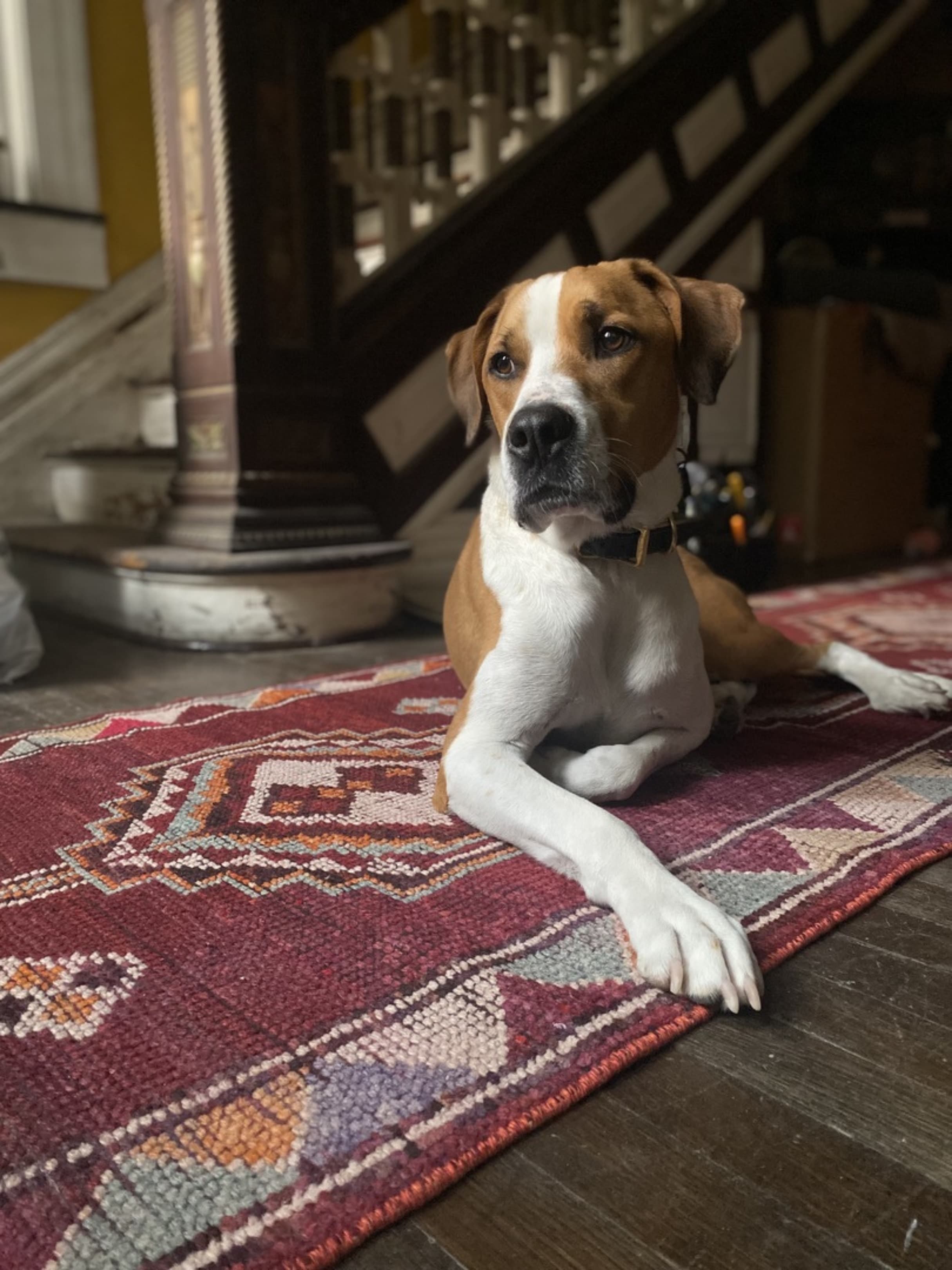
10 Entryway Rug Ideas for Your Home
Add a Pop of Color
Painting a vivid color into your entrance brightens the area right away. Imagine a deep teal rug welcoming visitors and creating a striking contrast with immaculate white walls. This method works especially effectively in neutral or monochrome entryways, where a vibrant rug takes the stage. To bring the outfit together without overloading the senses, pair it with complementary accents—like a vase of fresh flowers or a vibrant umbrella stand.
Place Your Rug Diagonally
Laying your rug at a 45-degree slant will help to create a more dynamic understated foyer. This method creates an appearance of spaciousness by visually widening limited access points and guiding the attention inward. Positioned diagonally, a simple striped runner or a patterned flatweave performs miracles. Just make sure the rug still fits cleanly under your bench legs or console to preserve a coherent design.
Create a Focal Point
Use your rug to define the area instead of allowing your door to disappear into the rest of the hall. Right away, a circular center rug set against hardwood flooring or rectangular tiles catches eye. This approach works best with a round rug; choose one with an eye-catching design to anchor the zone, then arrange your décor around it with a similar wall mirror or art piece.
Use a Shag Carpet to Soften the Entryway
A fluffy shag carpet can soften the sometimes-hard surfaces of an entry hall for individuals looking for a warm, inviting atmosphere. The fluffiness underfoot invites visitors to stop and stay, therefore simulating a friendly hug when they arrive. Choose a low-to medium-pile shag to strike a mix between comfort and utility; high-pile models are difficult to clean and collect dirt more easily.
Get a Round Rug
A whimsical twist from the standard rectangular piece, round rugs look great under a circular mirror or vase on a pedestal. A round rug's soft curves have a soothing effect and helps to avoid abrupt corners overwhelming the area in tiny entranceways. Look for patterns—such as mandala designs or subdued concentric circles—to softly lure guests' eyes inside your house.
Mix and Match the Textiles
Layering smaller rugs on bigger neutral bases generates visual depth and invites touch. Start with a strong, basic base—maybe a jute or sisal rug—then cover with a vibrant, patterned runner or tiny kilim piece. This method not only displays several styles at once but also lets you remove the top layer for quick cleaning in busy seasons.
Incorporate Seasonal Swaps
Think about swapping carpets yearly to keep your entranceway feeling new year-round. For a winter entrance that can withstand slush and salt stains, replace your indoor rug with a darker, denser one. Bring in a smaller, pastel-toned piece reflecting the brightness of the season when spring arrives. By lowering wear, this basic switch prolongs the life of every rug and keeps your décor in tune with the changing months.
Choose a patterned flatweave.
For entryways, flatweave rugs are quite useful; they lie flat, won't catch under doors, and typically include reversible designs, therefore increasing your stylistic choices. Bold geometric or tribal designs are ideal for houses with dogs or for active households since they hide dirt really well. You may even flip the rug for a completely different look if the top shows wear.
Combine Rug with Runner for Layered Look
Cover the core space with a broad, medium-sized rug in larger entryways, then install a thin carpet runner down the middle. Where foot traffic is highest, this layering effect provides further safety and refinement. Visit our Runner rugs collection for ideas if you wish to investigate premium runners.
Highlight Architectural Details
If your entrance has distinctive architecture—such as arched entrances or paneled walls—use your carpeting to highlight those details. A semicircular rug, for example, can reflect the curvature of an arched threshold, therefore supporting architectural geometry. Alternatively, consider a rug with a border that reflects the form of your doorframe or entry arch, therefore establishing a harmonic, deliberate link between floor and structure.
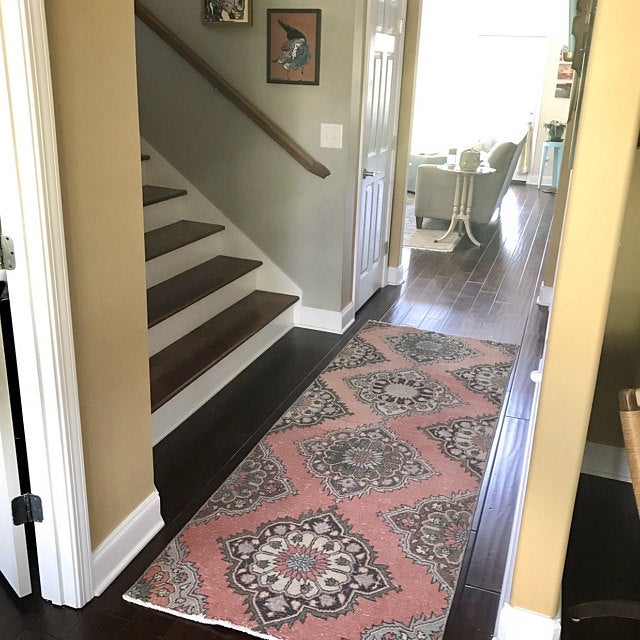
How Do I Choose the Right Size Entryway Rug?
Choosing the right size is vital; too little makes the rug seem lost; too big overwhelms. Generally speaking, let at least six inches of bare floor show around the edge of the rug. Like many common entrance carpet runner designs, a runner roughly two feet wide performs well in narrow entrance halls. Aim for a medium rugs (2' x 4' to 6' x 9') size for larger open foyers so you cover plenty of territory without completely hiding your flooring. A well-proportioned rug accentuates rather than clashes with your entryway design and offers a clear path.
What Material Should I Look for in a High-Traffic Entryway?
Entryways deal with continuous foot traffic, hence resilience is quite important. Natural wool is very durable and easy to clean; its fibers naturally resist stains and bounce back fast after compression. Synthetic choices, such as polypropylene or nylon, shine in locations prone to wetness and may be hosed down as needed. Though it may need more frequent vacuuming, a flatweave sisal or jute rug will efficiently capture grit if your house finds sandy feet or muddy boots. In the end, compare the aesthetic features you most value with durability, stain resistance, and care requirements.
Can Entryway Rugs Help with Seasonal Changes?
Surely. Beyond appearance, entryway carpets provide a practical purpose by varying with seasonal needs. Thicker wool or shag designs in winter help to insulate against door cold drafts. Flatweave synthetics minimize slips by shedding water and drying rapidly in wet months. Summer may call for light-weight, breezy, wick away moisture from sandal-clad foot carpets made of bamboo or cotton. Your foyer stays friendly and well-protected year-round by keeping a small variety on hand and changing them with the seasons.
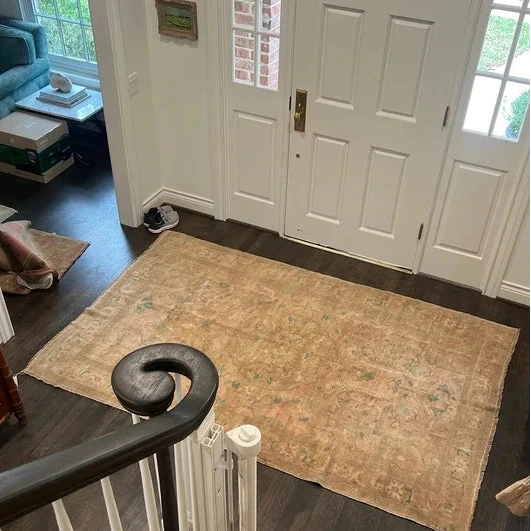
How Do I Clean and Maintain My Entryway Rug?
Keeping an entryway rug doesn't have to be a bother. To start, outdoors, shake lightweight flatweaves to gather loose trash. At least once a week, more depending on your foot traffic, vacuum. For spills, blot right away with a fresh cloth using a mild cleaning agent appropriate for the fabric of your rug. Although some indoor rug choices are even machine-washable, always refer to manufacturer directions. Think about a professional deep clean once or twice a year to revitalize colors and fibers, so making sure your rug appears new and inviting for years to come.
Do I Need a Rug Pad Under My Entryway Rug?
Unspoken hero of entrance flooring is a rug pad. By lowering friction against hard flooring, it increases the life of your rug, cushions footsteps, and stops slippage. Look for thick, robust materials like felt or rubber; pick a pad specifical for high-traffic areas. It not only keeps your rug in place but also guards your flooring from wear and damage. Including this basic layer is an investment in lifespan and safety payoffs.
These thorough understanding and practical ideas will help you to choose and style the ideal entrance mat for your house. The secret is to strike a balance between appearance and utility whether you choose a rich wool piece or a robust flatweave runner. And keep in mind that our Runner rugs and Medium rugs (2' x 4' to 6' x 9' ) collections are just a click away, delivering both utility and flair right at your door if you're looking for a suitable runner.





